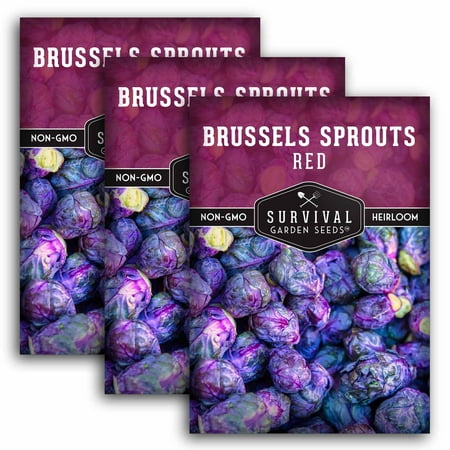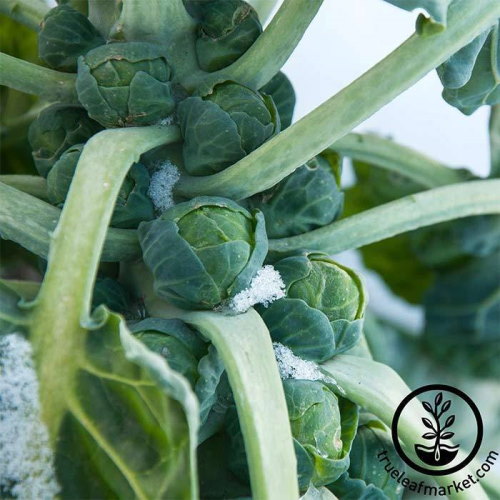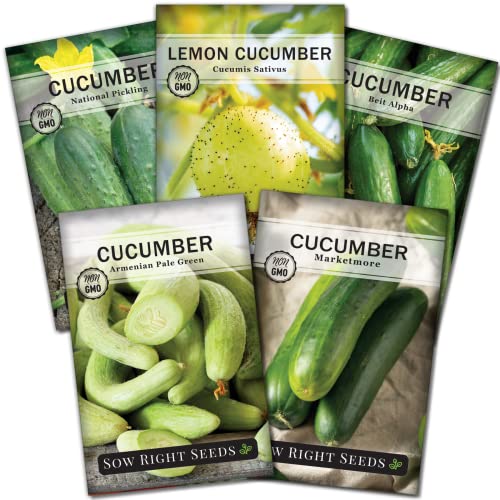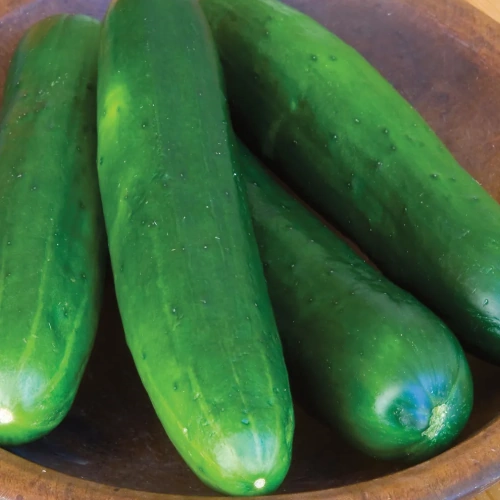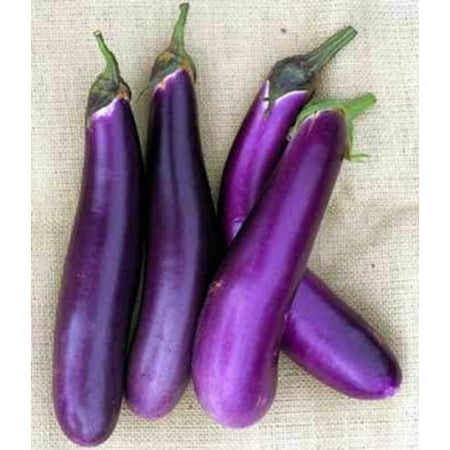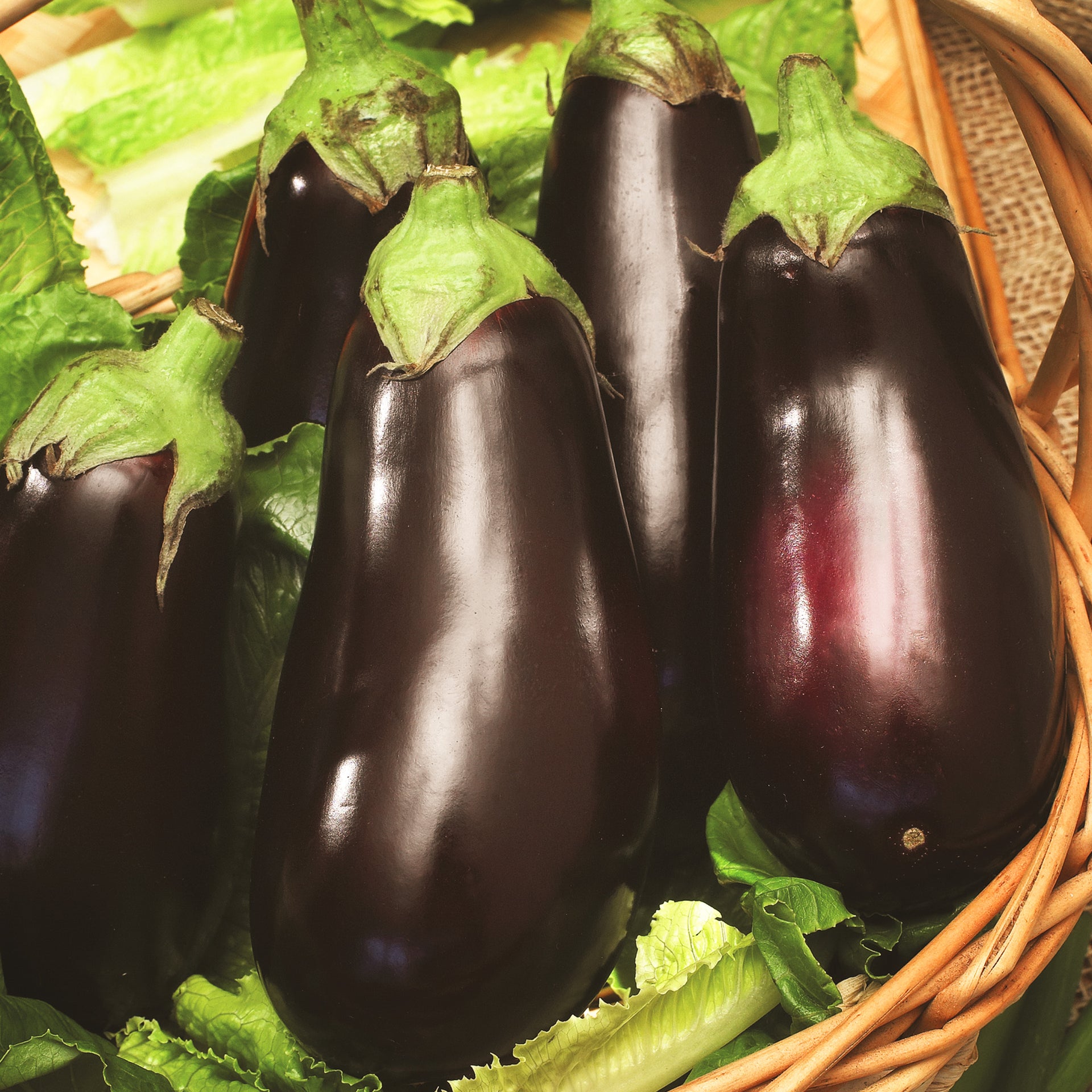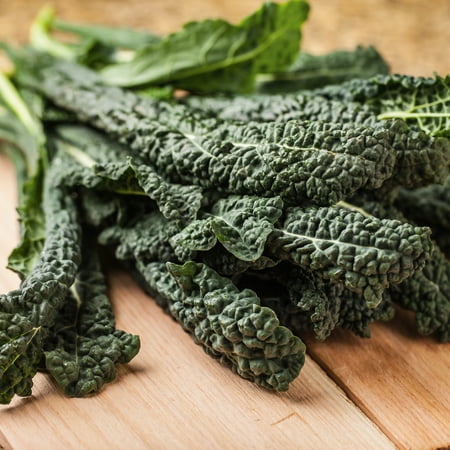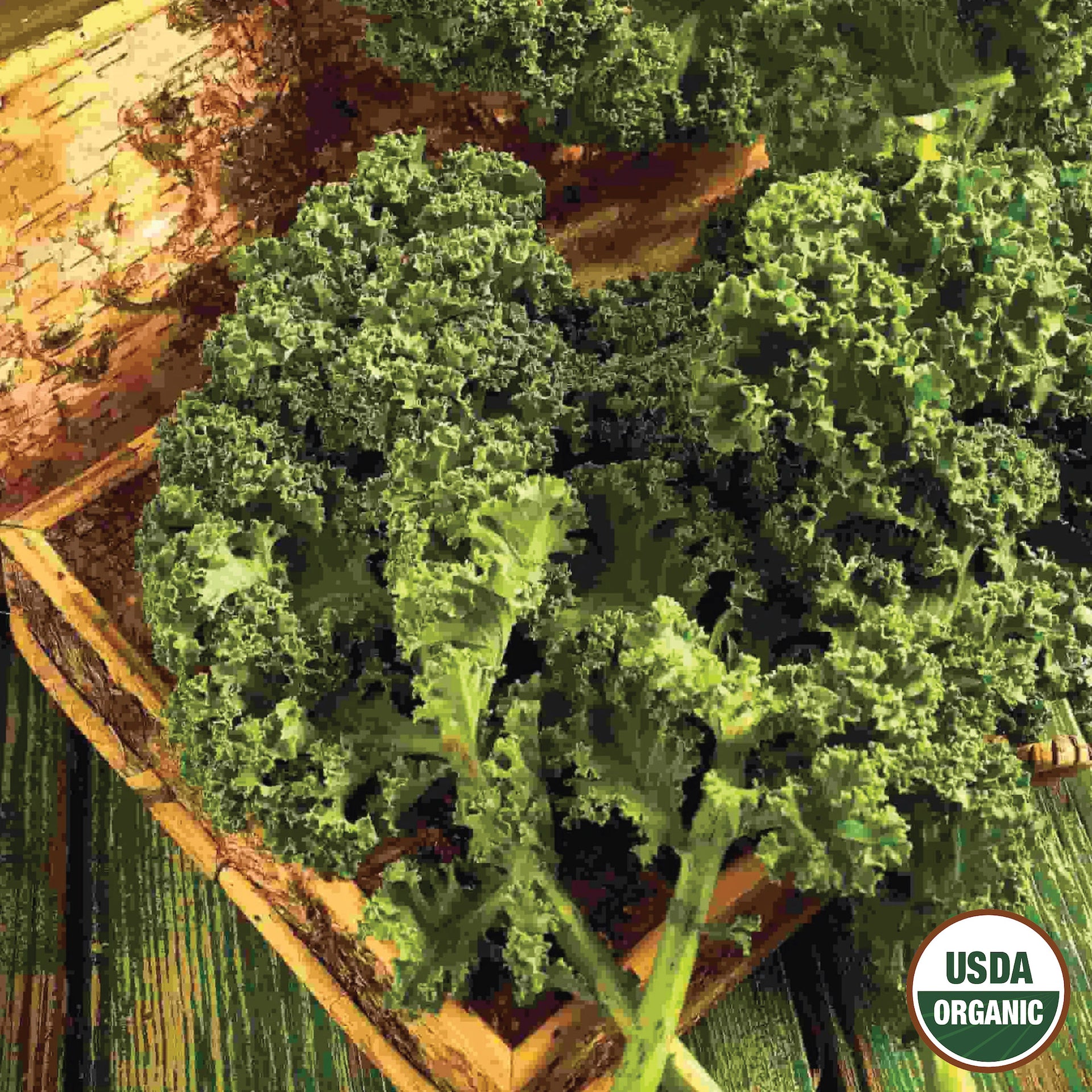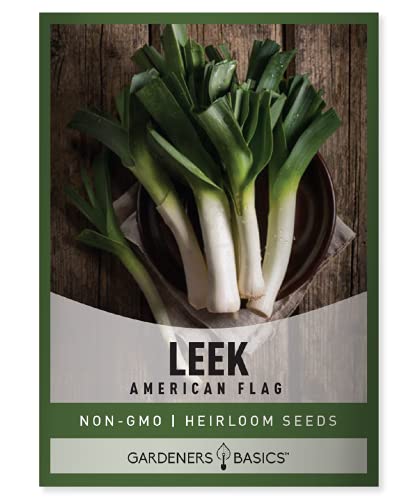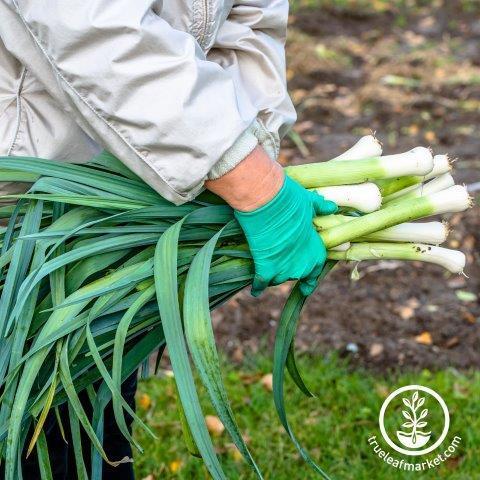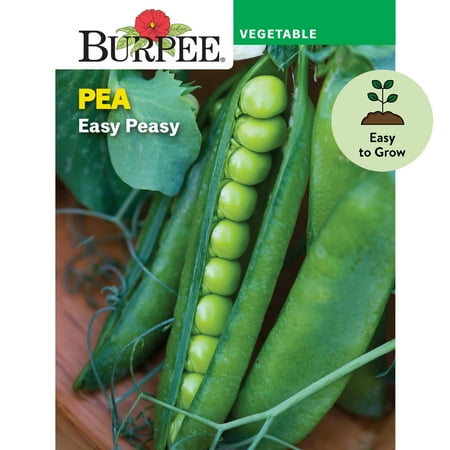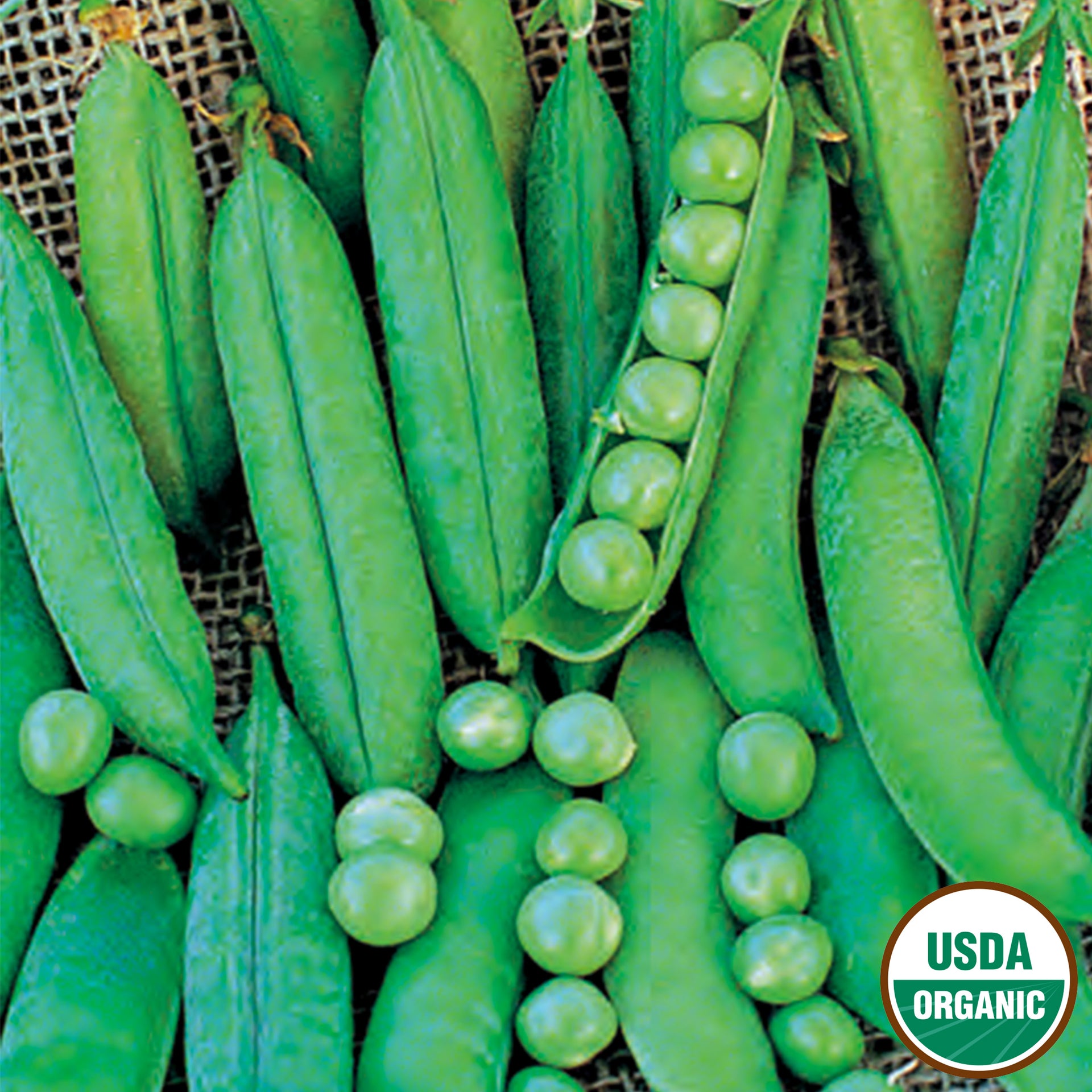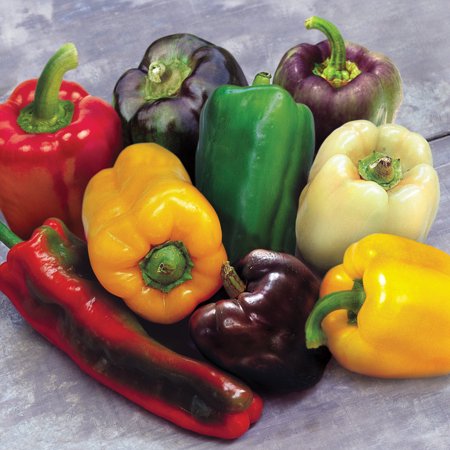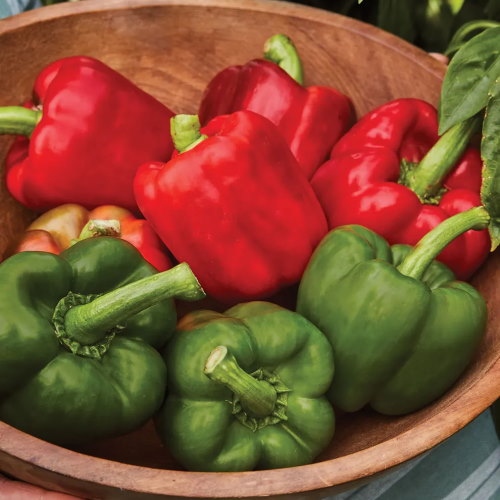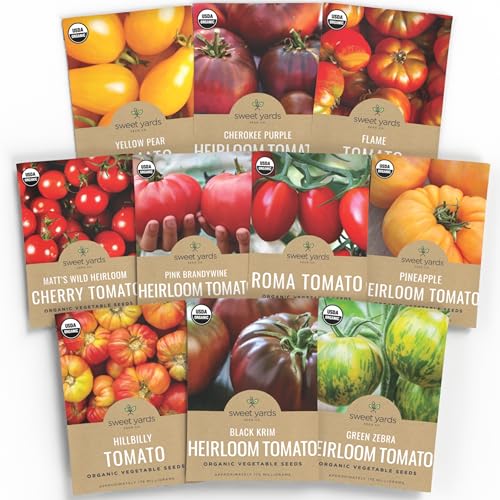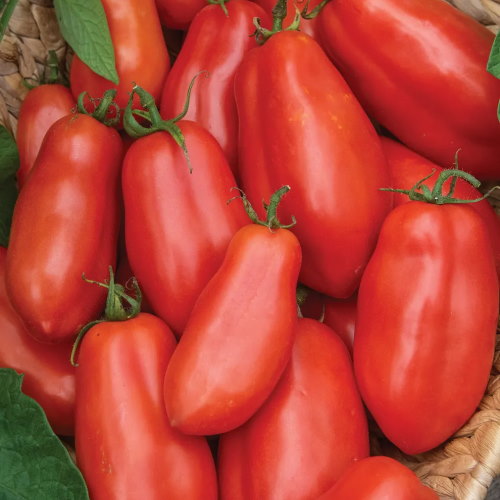I grew crops for a Michelin-starred restaurant for years – these are the 9 vegetables I always plant in February
Sowing vegetables indoors this month means extended growing seasons and earlier harvests
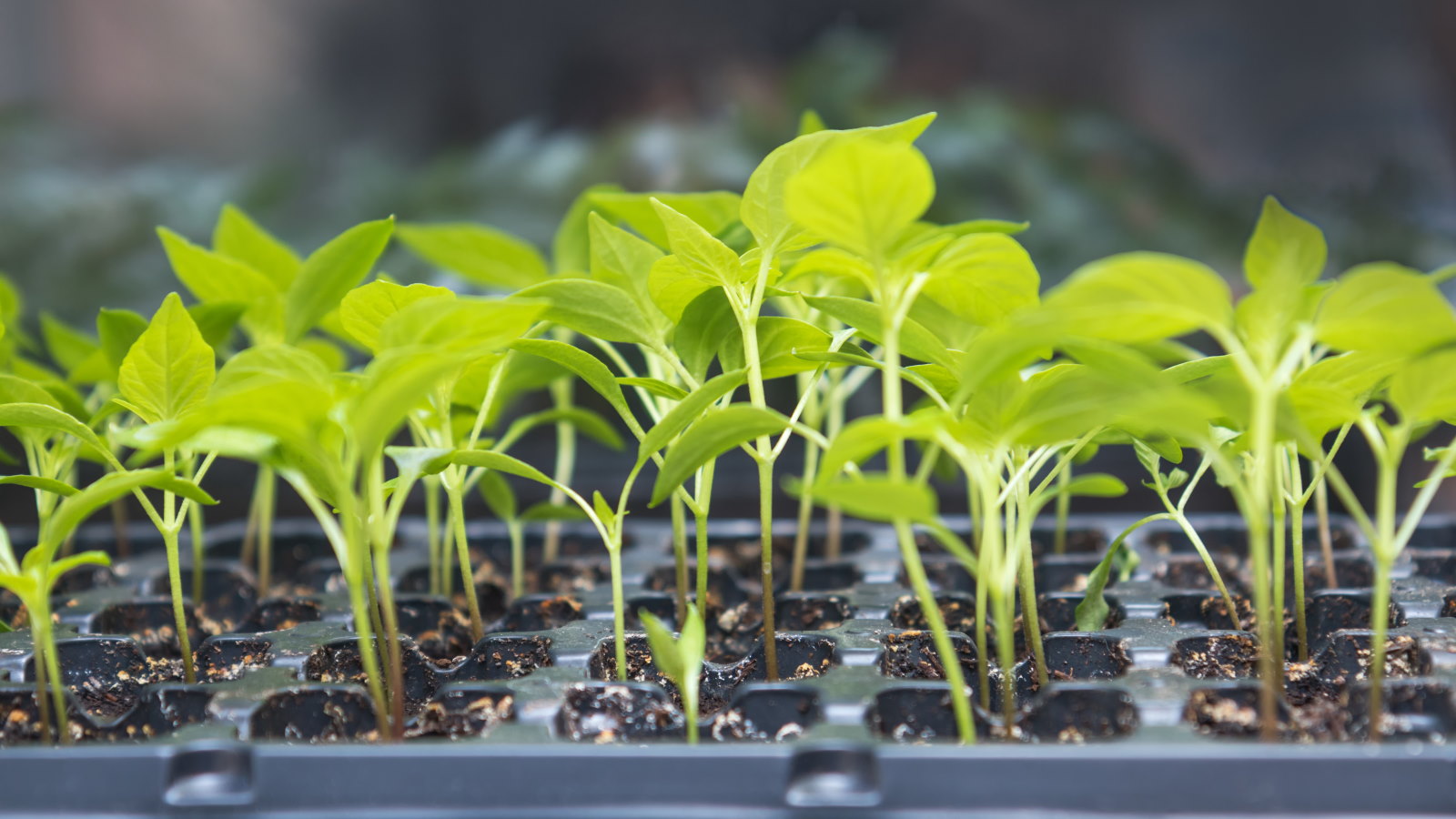

Spring is on the horizon and February offers the opportunity to sow lots of vegetable seeds indoors to extend the growing season. So we look at some of the best vegetables to plant in February in a greenhouse or on a warm windowsill inside the home.
It is still too cold to sow seeds outdoors directly into the ground, bar in the warmest climates where the soil has warmed sufficiently by the end of February. For most growers, sowing seeds still needs the additional heat and protection of indoor sowings.
During my years as a professional kitchen gardener, February was a busy time for sowing seeds and starting many crops in the greenhouse. With that in mind, I have picked nine vegetables to plant in February that are always on my grow list and included some key sowing tips to help you have happy seedlings that can lead to great harvests.
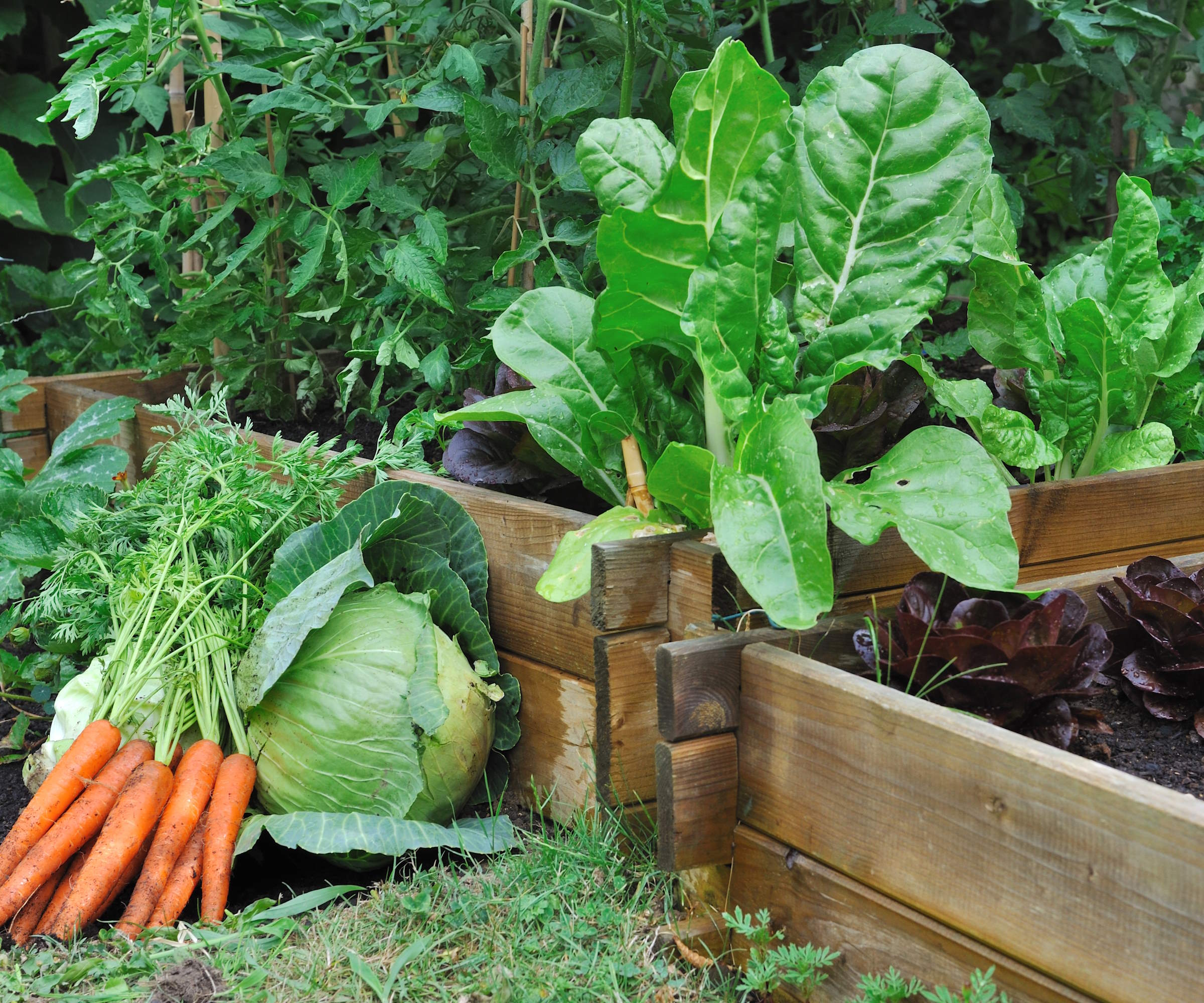
9 of the best vegetables to plant in February
The following crops are great vegetables to plant in February if you want a bounty of homegrown harvests come summer. Each comes with tips for when and how to plant to help you get good germination rates.
Brussels sprouts
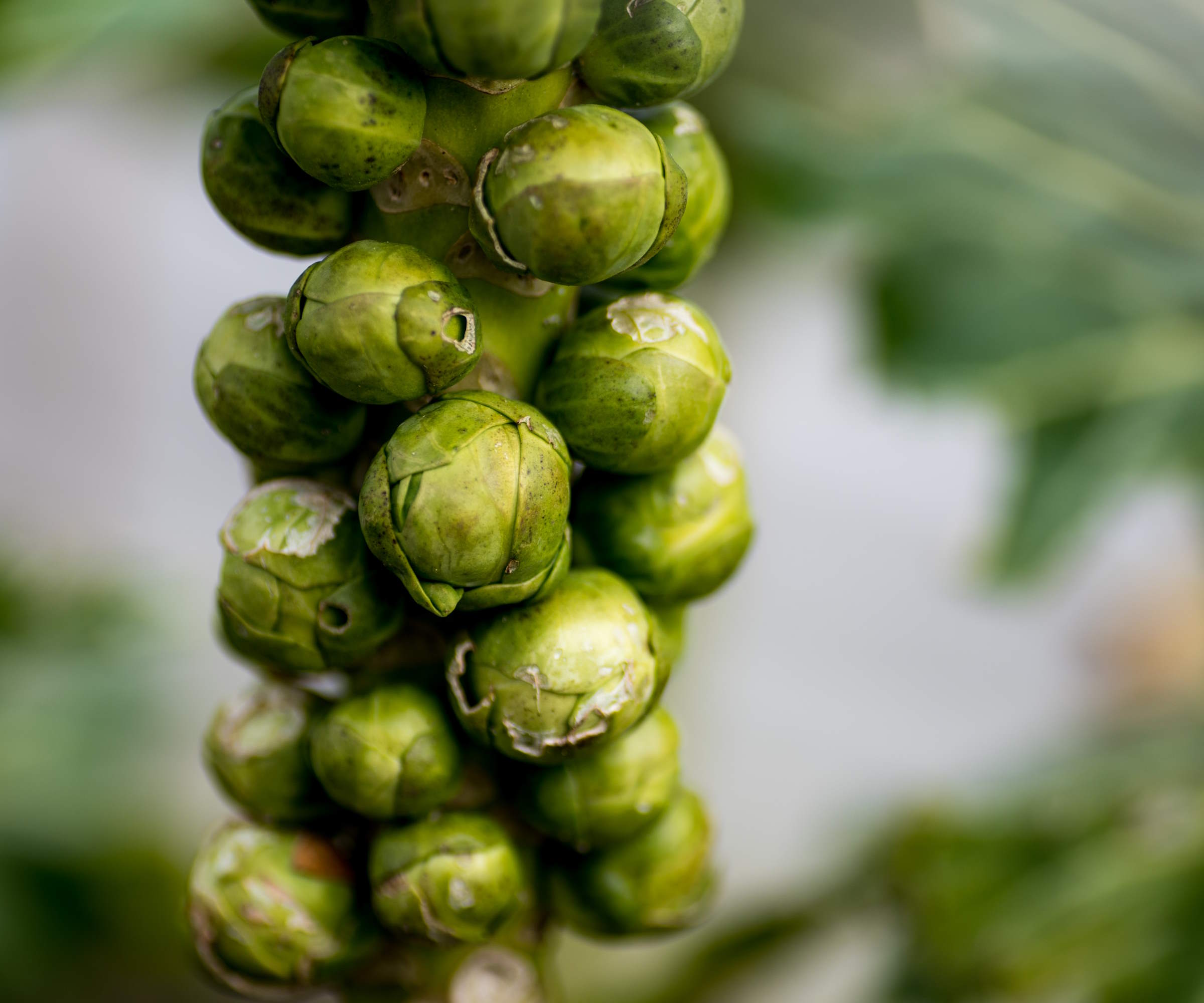
Whether you love or hate them, growing Brussels sprouts requires patience as they have a long growing season. If you desire a long season to harvest Brussels sprouts, the earliest sowings can be indoors in late February. Successional sowings of sprouts can also mean an extended season of pickings.
Plant Brussels sprouts seeds into large modules or small pots filled with seed compost and cover them with a thin layer of compost or vermiculite. Brassica seedlings develop roots quickly and benefit from the extra space, rather than sowing in trays.
They require a temperature of 59-64°F to germinate, and the soil wants to be kept moist, not waterlogged. Brussels sprouts seedlings want good light to avoid leggy seedlings but don’t need excessive heat or light ahead of being planted out in spring after the frosts.
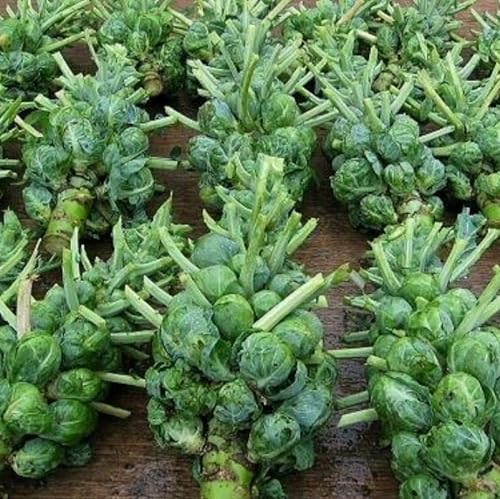
A packet of approx 250 Catskill Brussels Sprout seeds, a non-GMO heirloom variety that produces sprouts 1½ to 2 inches in diameter
Cucumbers
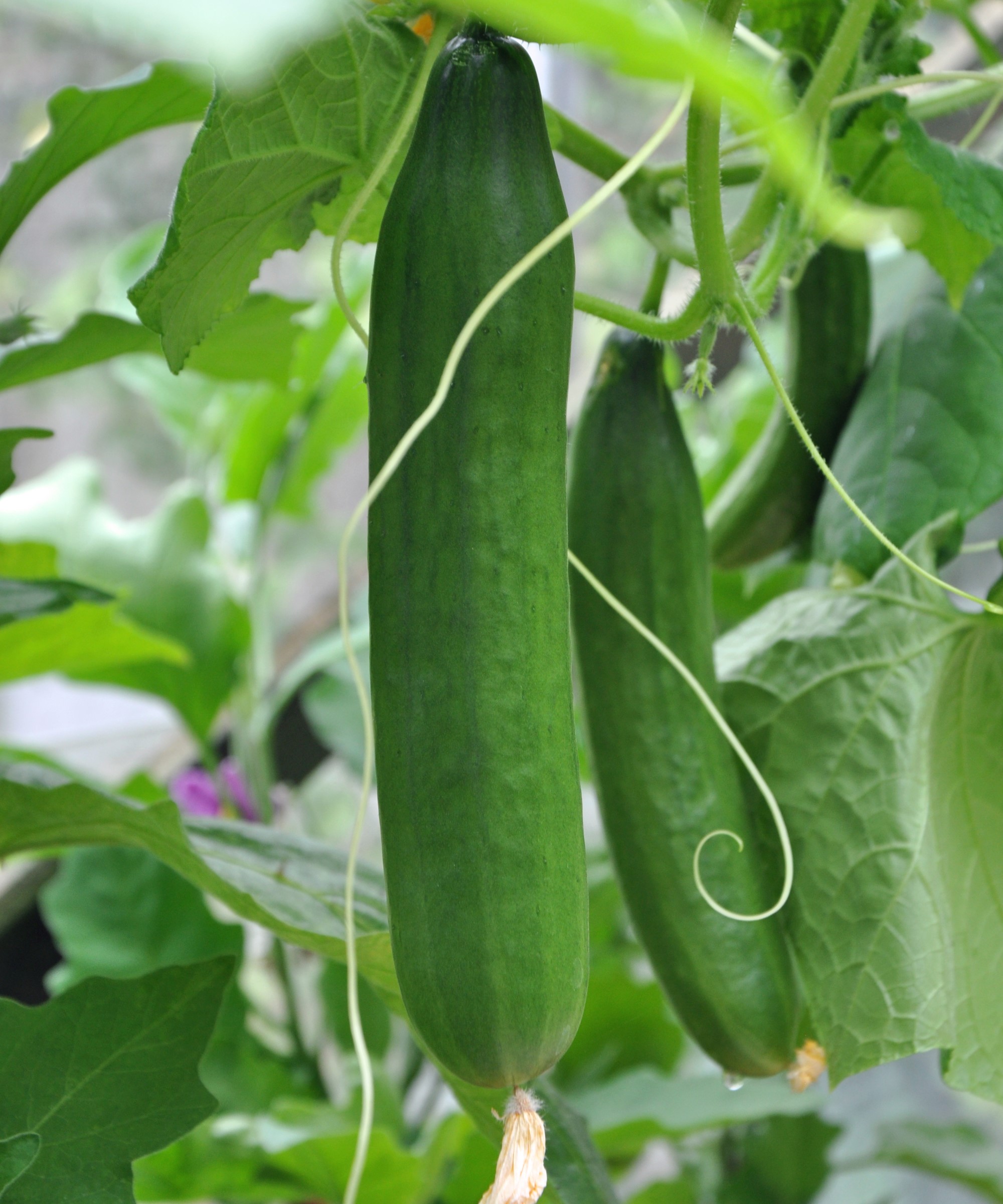
Growing cucumbers means lots of homegrown picking for salads, sandwiches, or cocktails throughout summer. When you have a warm greenhouse or sunny window and intend to grow your cucumber plants indoors, you can sow seeds in February to start harvesting cucumbers earlier.
Plant cucumber seeds a half-inch deep into pots filled with quality potting soil for starting seeds, planting them on their side. The cucumber seeds want temperatures of 60-70°F and the soil to be consistently moist. The seeds may take a couple of weeks to germinate and want to be six inches tall before being planted into their final position. If you plan to grow cucumbers outdoors, delay sowing the seeds until March or April.
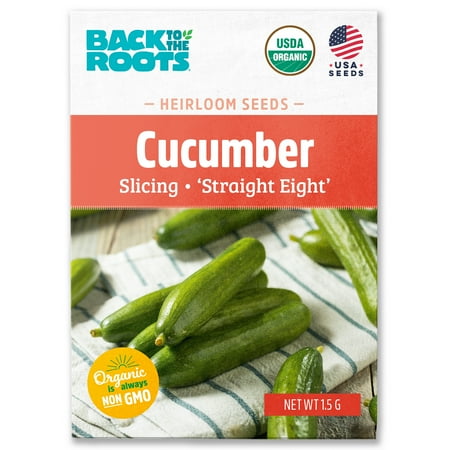
Straight Eight slicing cucumber seeds grow into plants that produce juicy, sweet cucumbers that are ideal for pickling or eating fresh.
Eggplant
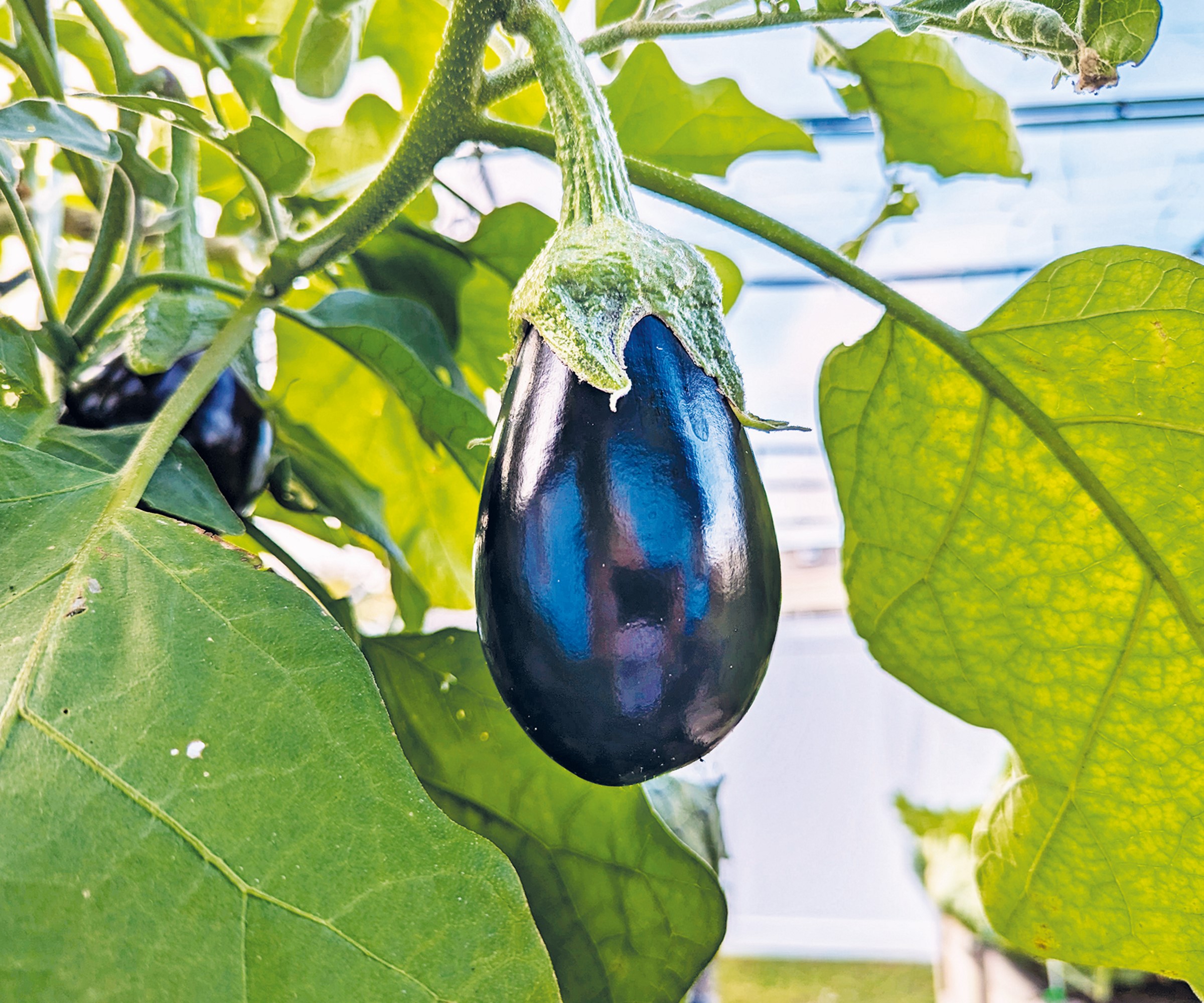
When you grow eggplant, it can take a long while to go from sowing to harvesting. It can take up to six months from sowing seed indoors to picking the eggplant - so sowing the crop in February is a great way to get ahead.
Plant seeds a quarter-inch deep into individual pots or large modules and place them into a heated propagator or on a heat mat. Eggplant seeds require temperatures of 60-70°F to germinate and can take 2-4 weeks to appear even in ideal conditions.
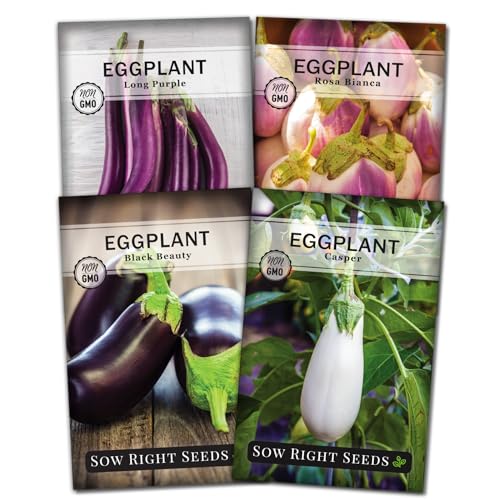
A collection of popular heirloom eggplant varieties. Seed packets to grow Black Beauty, Casper, Rosa Bianca, and Long Purple Eggplants.
Kale
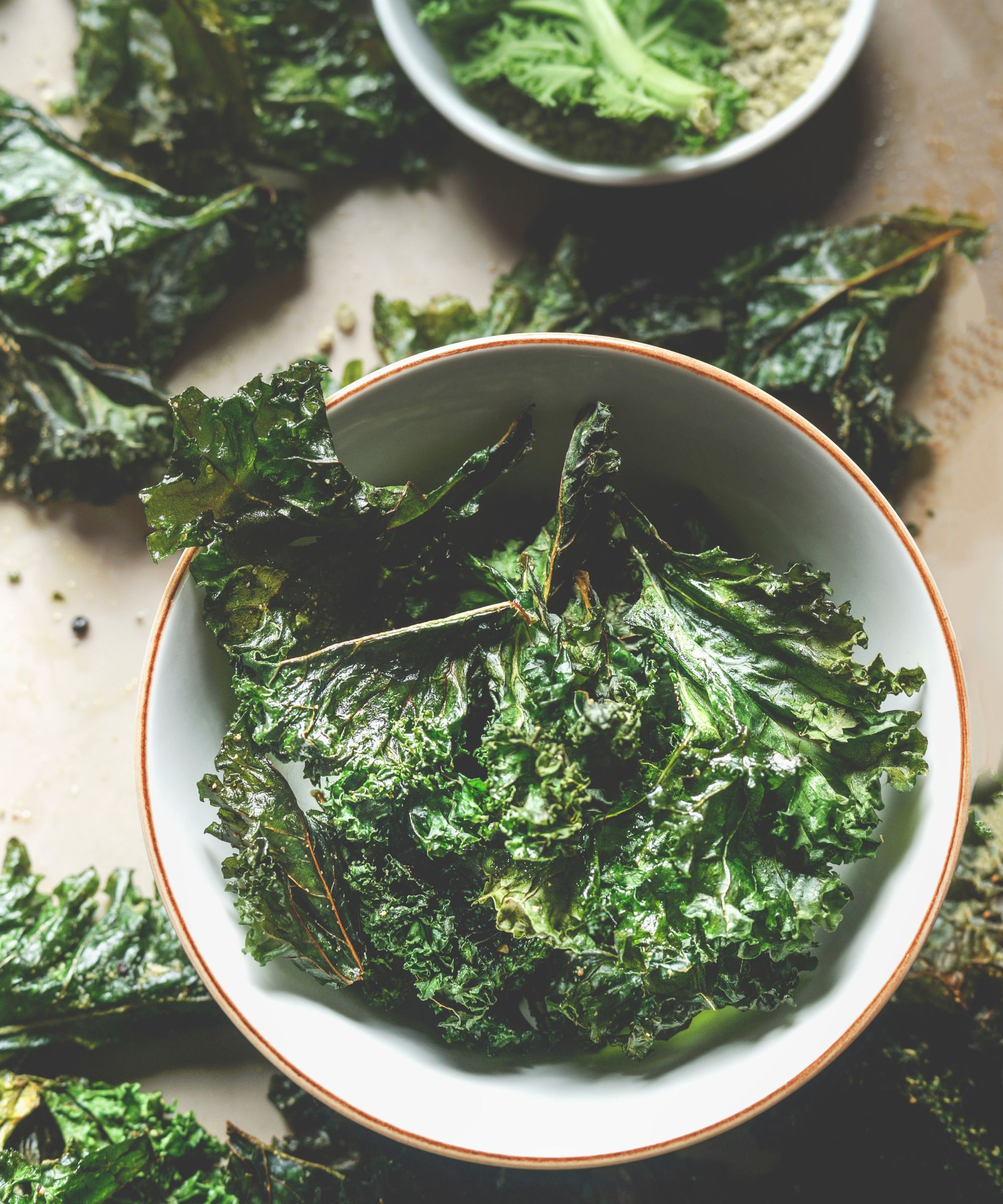
Kale is an easy-to-grow superfood in different sizes, shapes, and colors. It is also highly versatile and suitable for large kitchen gardens, raised beds and vegetable container gardens. One sowing can reward you with multiple pickings and a large harvest of kale leaves.
In February, sow kale seeds indoors a quarter-inch deep into trays, modules, or pots filled with seed compost. Place the seeds in a greenhouse or on a windowsill at 55-75°F and keep the soil moist.
Prick out or pot up the young kale as required and transplant seedlings outside after the risk of frost has passed. Kale plants are hardy and the vegetable plants may overwinter to next spring.
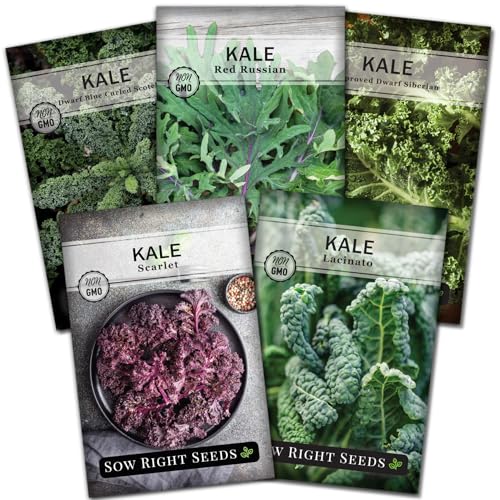
Get a variety of leaf types and colors with this mix of Lacinato, Improved Dwarf Siberian, Dwarf Blue Curled Scotch, Scarlet, and Red Russian Kale seed packets.
Leeks
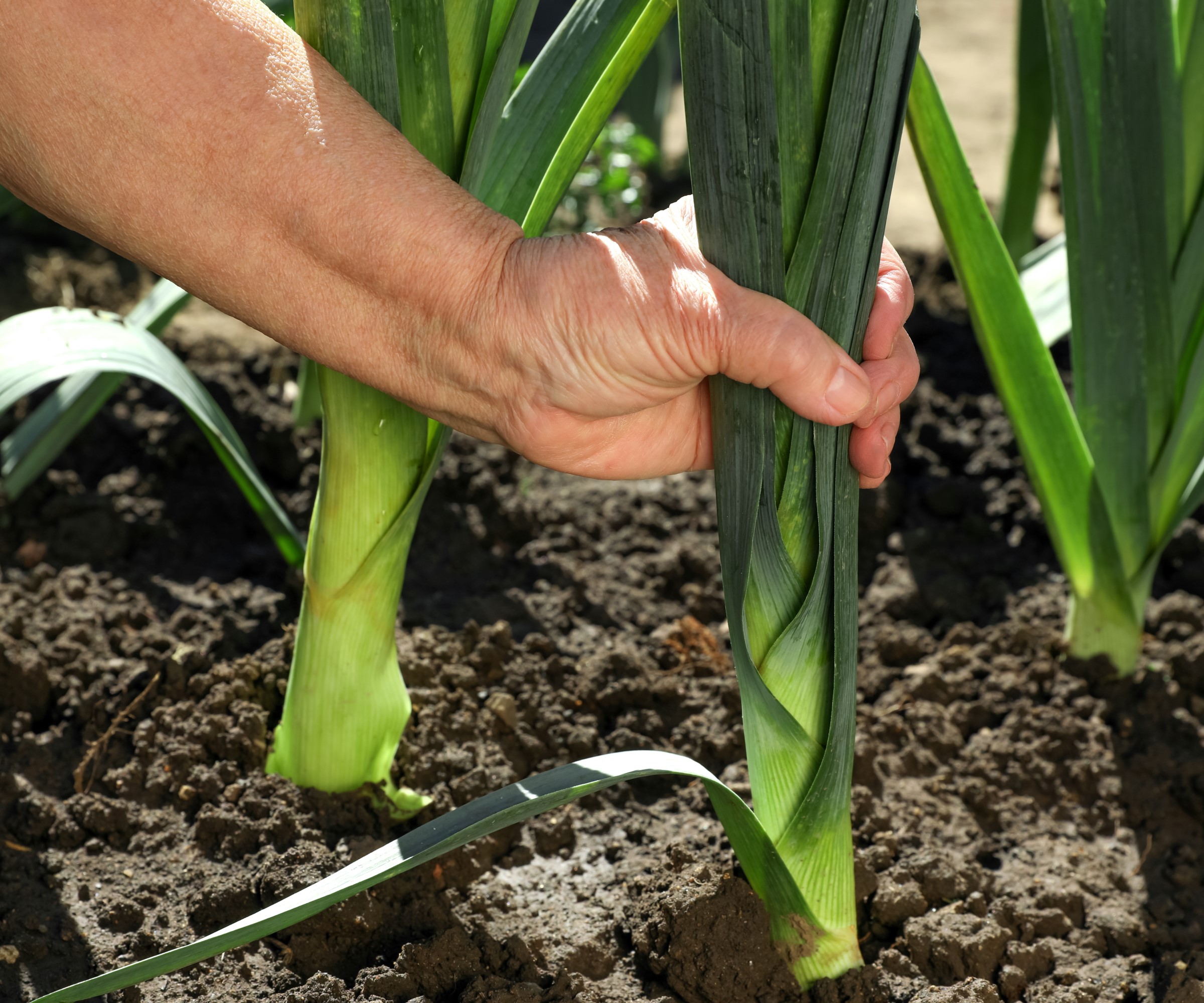
Leeks are great crops for succession planting and sowing them at intervals between February and summer can give you leeks to harvest from midsummer to next spring.
To start growing leeks this month, sow seeds into pots filled with seed compost and cover them with a thin layer of more compost or vermiculite. Sowing leeks thinly into pots is beneficial as the plants quickly develop roots and seed trays can restrict their development.
If you give the seeds temperatures of 60°F to 70°F and keep the soil moist, they should germinate within a few weeks. When the seedlings have developed, thin them to an inch apart and transplant the leeks outdoors after the frosts and when they are the thickness of a pencil.
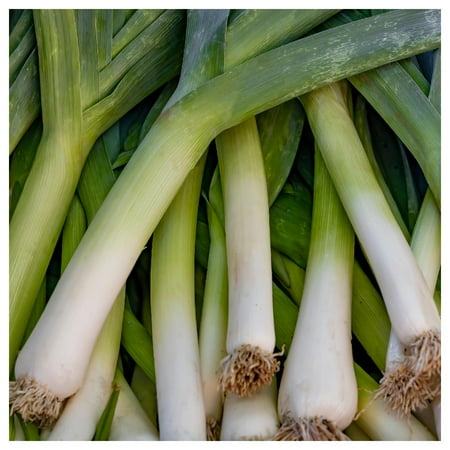
A pack of open-pollinated, heirloom leek seeds to grow the ever-popular Giant Musselburg variety with enormous stalks that grow up to 16" long.
Peas
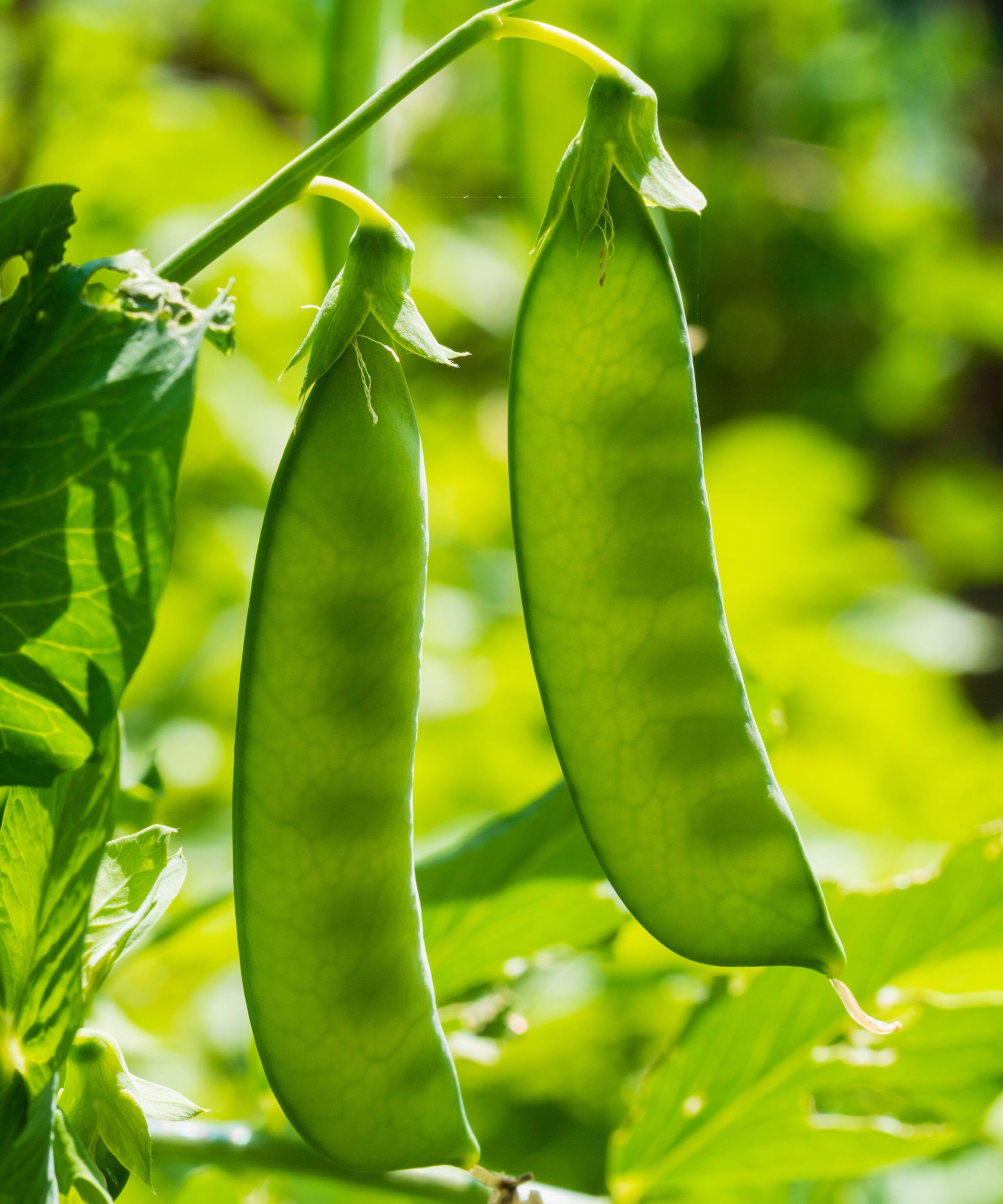
Early peas can be sown indoors in February, allowing you to get a head start while the ground is too cold and wet to sow seeds outdoors. It avoids the risk of pea seeds rotting in the ground or being eaten by mice.
Peas do not like root disturbance, so plant them in deep pots, root trainers, or even toilet roll tubes. You can get biodegradable pots to sow into where you ultimately plant the pot, such as these biodegradable seedling pots at Amazon, which avoids disturbing the plant’s roots. Another popular way to grow peas is to sow them into a length of guttering and then slide the soil and seedlings into a pre-dug trench outside.
To start seeds in pots, plant them two inches deep in seed compost and keep them moist. Peas germinate at temperatures above 55°F and can be started in an unheated greenhouse, cold frame, or a windowsill.
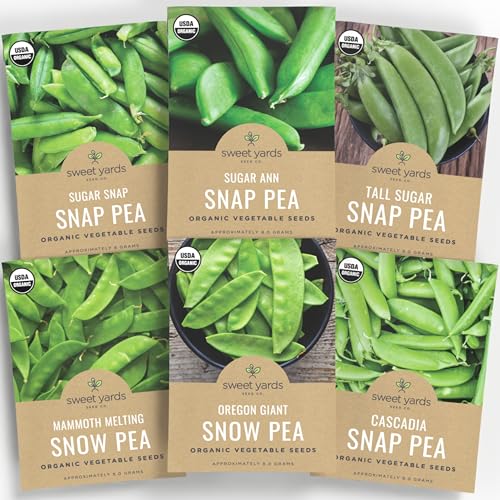
A collection of six seeds packets to grow different types of peas at home, featuring a mix of snow peas and snap peas.
Shallots
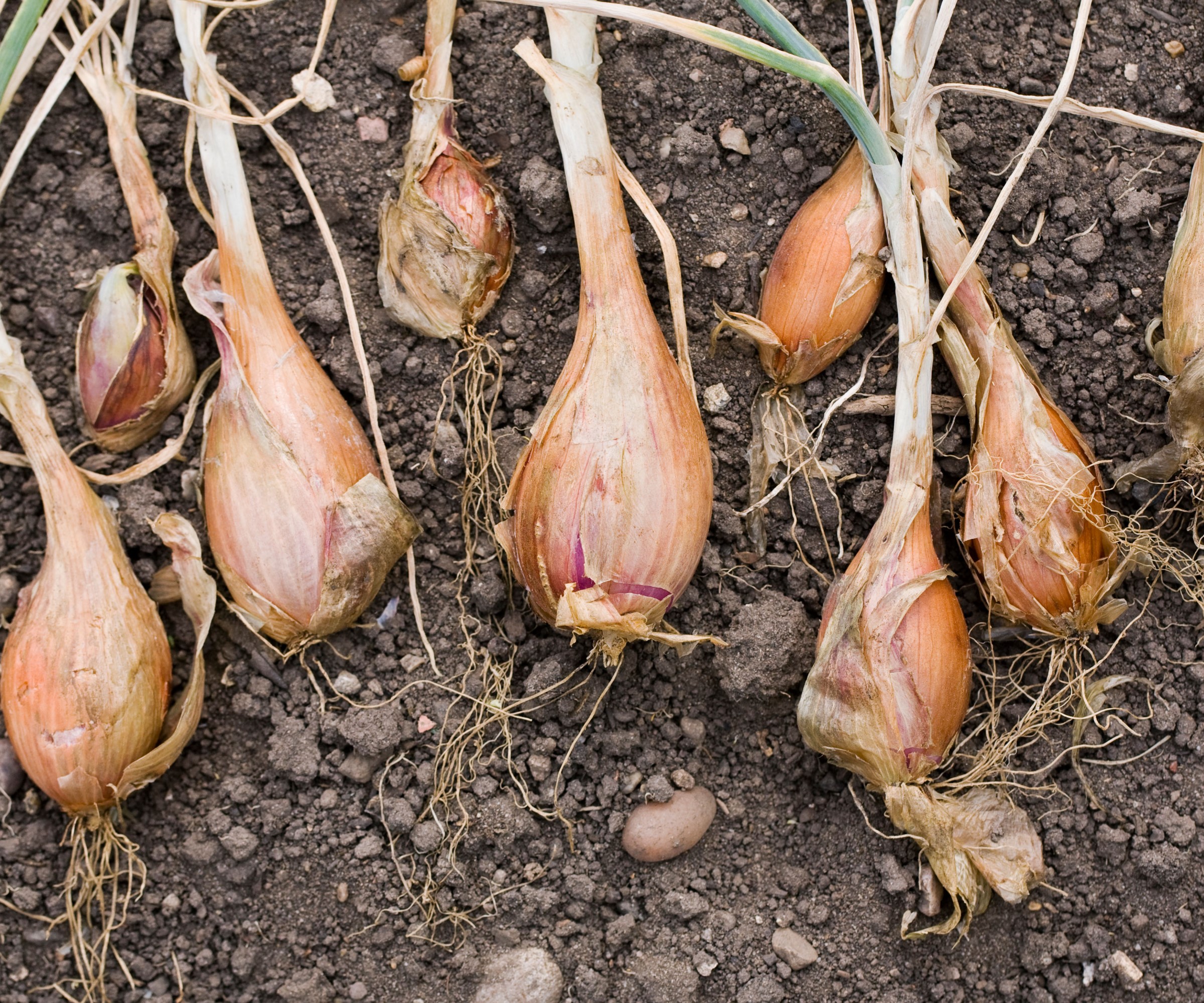
Shallots can be grown from sets or seeds, similar to growing onions. While growing shallots from seed requires more time and effort, it is a very budget-friendly way to cultivate many shallots, as one packet can last several years.
Start shallot seeds indoors in late winter. Sow the seeds in trays or modules and germinate at temperatures of 50–60°F in a greenhouse or on a windowsill. Plant the young shallot seedlings into the vegetable garden after the frosts, after a period of hardening off, spaced at least six inches apart in rows 12 inches apart.
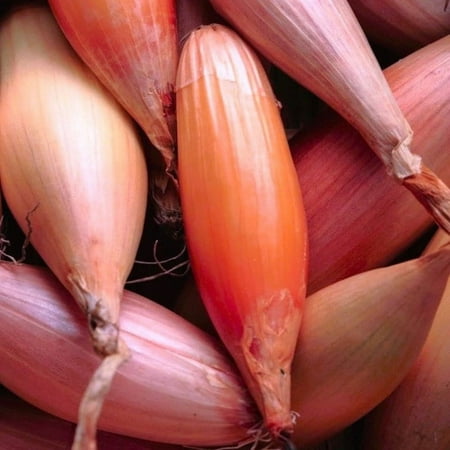
'Zebrune' is a banana-type shallot from France that was popular with chefs that I grew vegetables for. The shallots have light pink flesh and a sweet and mild flavor.
Sweet peppers
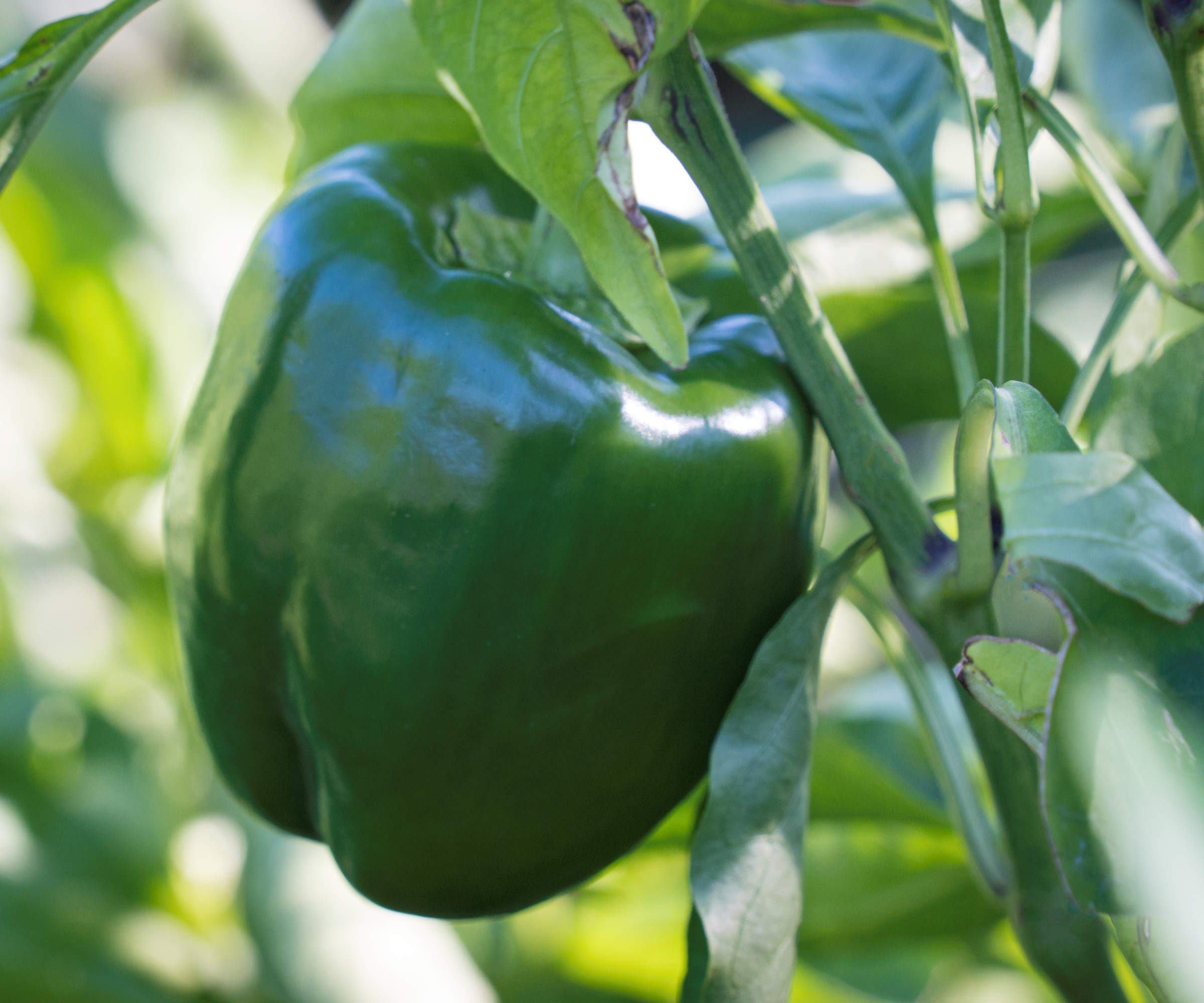
Peppers are another crop that takes a while to get going. It can take up to three weeks for the seeds to germinate and 70-80 days to start flowering once the seed germinates. In cooler climates with shorter growing seasons, getting ahead with earlier sowings helps ensure there is time to get a good harvest of bell peppers to pick.
To grow bell peppers, sow seeds indoors from mid-February in a heated greenhouse or with a heated propagator. Sow seeds into three-inch pots around a half-inch deep and give them temperatures of 65-70ºF to aid germination. Keep the soil moist, and once the seedlings appear, grow them in a bright, sunny spot at slightly cooler temperatures of 60-64ºF.
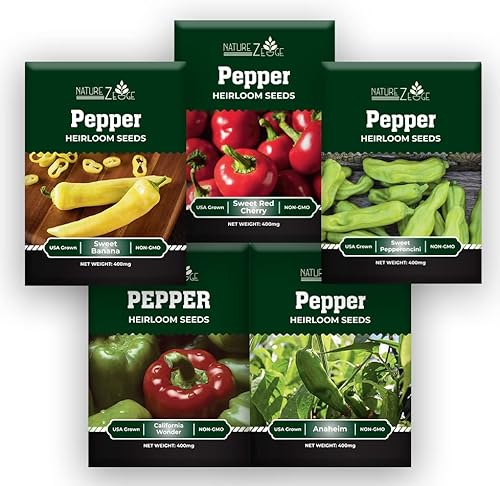
A collection of sweet pepper seed packets, including five varieties - Sweet Banana, Pepperoncini, Sweet Cherry, California Wonder Bell, and Anaheim.
Tomatoes
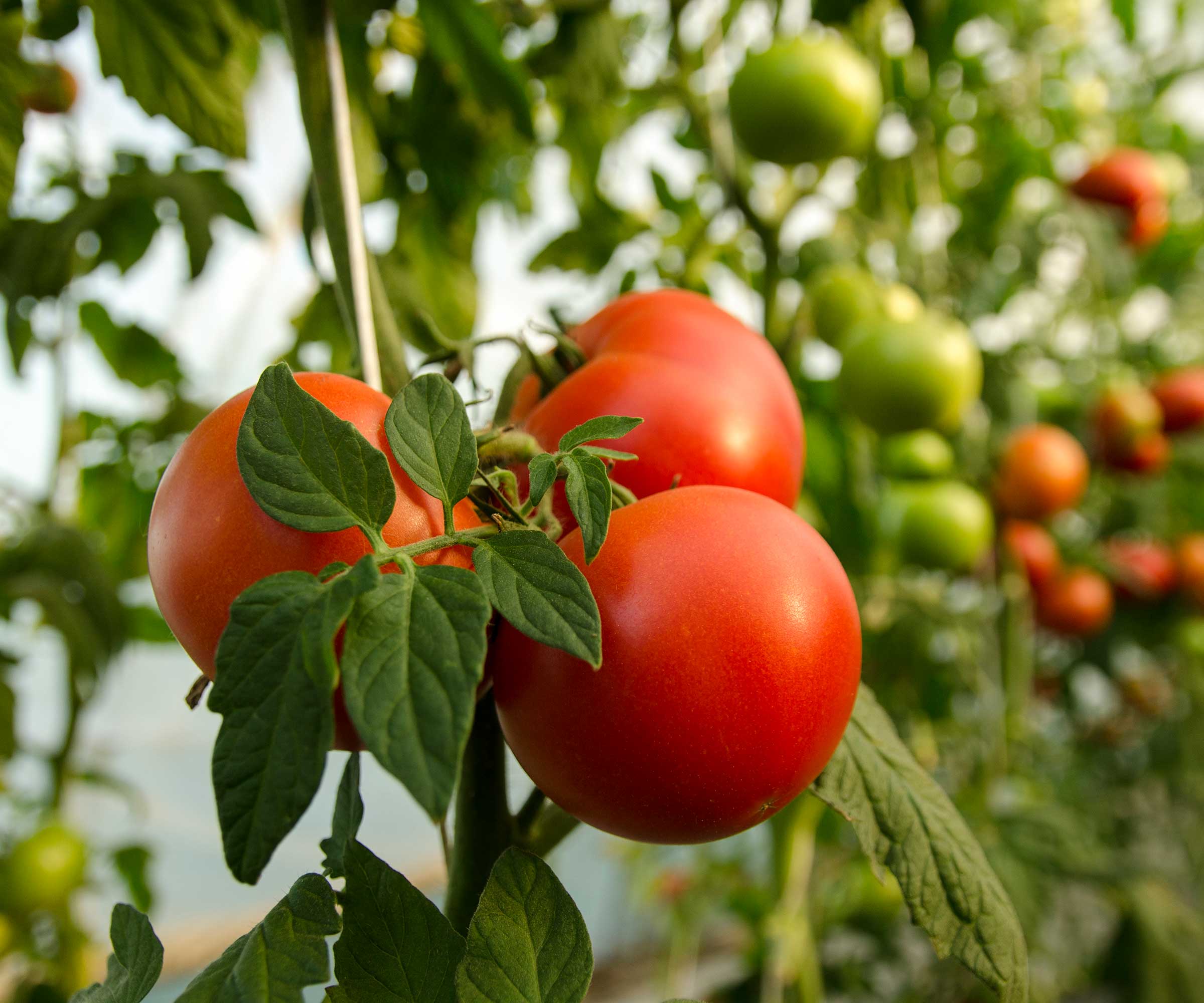
Growing tomatoes from seed requires temperatures of 70-80°F to ensure strong germination, which can be achieved by starting them off in a propagator or on a sunny windowsill. There are thousands of different tomato varieties to grow, in terms of size, color, shape, and flavor, and February can be an ideal time to sow any type - especially if you will be growing your tomato plants indoors for the season.
When planting tomatoes, sow seeds into large modules or individual pots and cover them with around a quarter-inch of compost. Keep the soil moist, but not too soggy, and the first seedlings should start to appear within two weeks. When the seedlings have their first set of true leaves, pot up the seedlings into individual containers or larger pots.
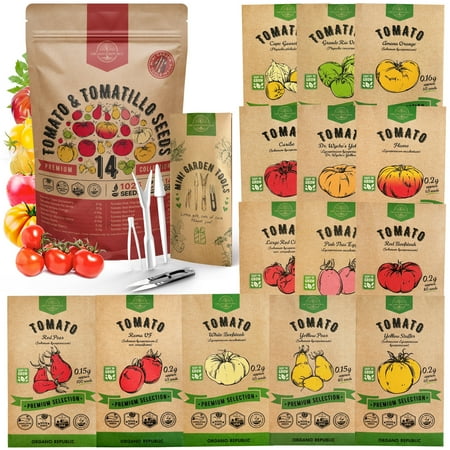
A pack that includes seeds for 14 rare tomato and tomatillo varieties. Over 800 seeds in total, featuring varieties such as Amana Orange, Beefsteak, and Tomatillo - Grande Rio Verde
If you have not yet got around to doing it, you can still plant fava beans to get a good crop come early summer. Growing fava beans is simple and the crop can be planted indoors or outdoors in February. Providing the ground isn’t frozen or waterlogged, fava beans can be planted directly in their growing spot. However, if your ground isn’t workable or there is a risk of mice eating the beans, sowing them in pots indoors is a reliable propagation method. The seeds can germinate in a cold greenhouse or cold frame for plants to transplant outside in early spring.
Sign up to the Homes & Gardens newsletter
Design expertise in your inbox – from inspiring decorating ideas and beautiful celebrity homes to practical gardening advice and shopping round-ups.

Drew’s passion for gardening started with growing vegetables and salad in raised beds in a small urban terrace garden. He has worked as a professional gardener in historic gardens and specialises in growing vegetables, fruit, herbs, and cut flowers as a kitchen gardener. That passion for growing extends to being an allotmenteer, garden blogger, and producing how-to gardening guides for websites. Drew was shortlisted for the New Talent of the Year award at the 2023 Garden Media Guild Awards.
You must confirm your public display name before commenting
Please logout and then login again, you will then be prompted to enter your display name.
-
 Kris Jenner's favorite air fryer, the Ninja Crispi, is the perfect small kitchen solution – it deserves a place on the most compact of countertops
Kris Jenner's favorite air fryer, the Ninja Crispi, is the perfect small kitchen solution – it deserves a place on the most compact of countertopsKris approves of this compact yet powerful air fryer, and so do our own kitchen appliance experts, praising it for its multifunctionality
By Hannah Ziegler Published
-
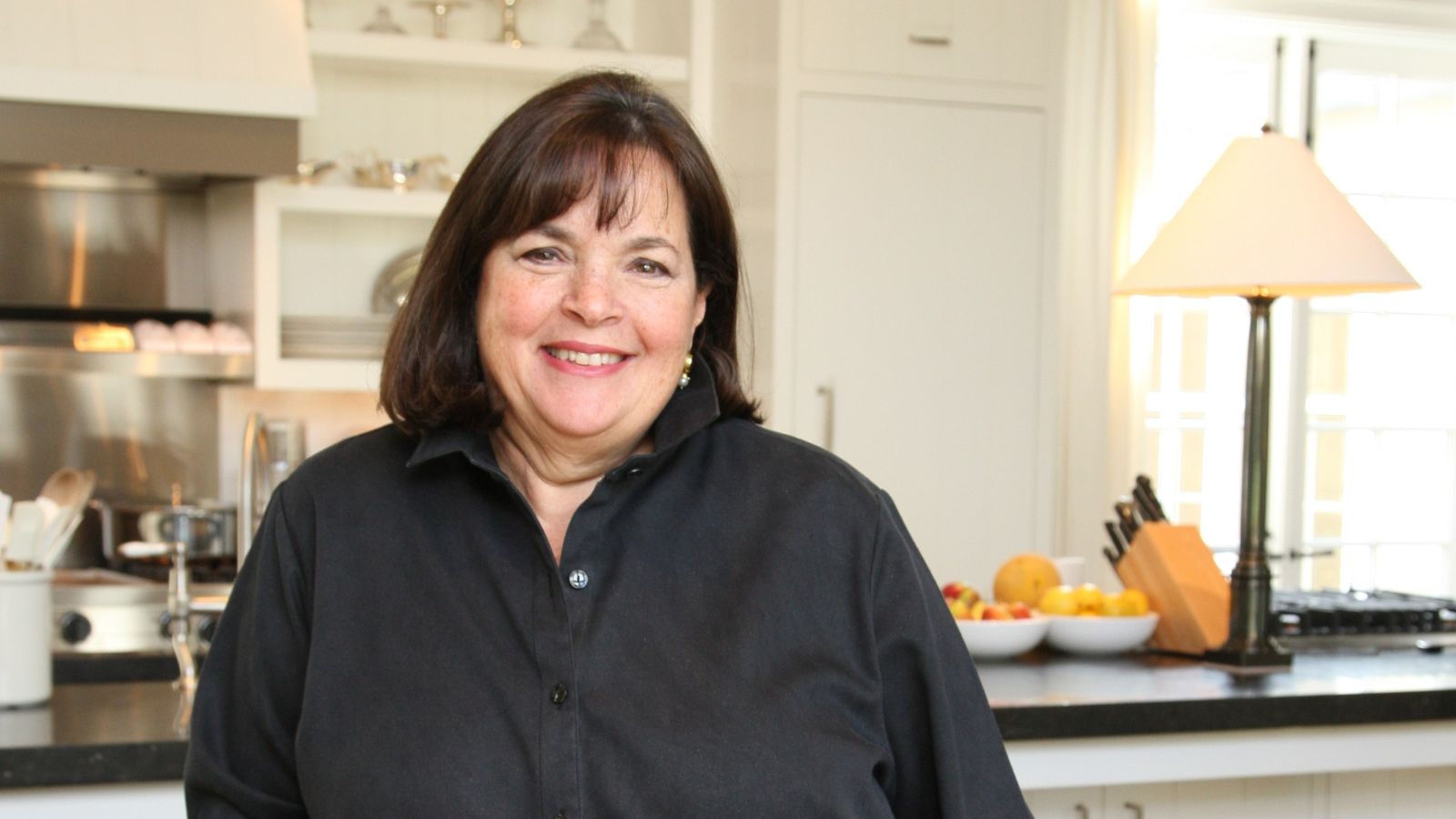 Ina Garten's storage pantry is an insightful window into all of the best cookware used by the chef – and it's easy to recreate on your kitchen shelves from $48
Ina Garten's storage pantry is an insightful window into all of the best cookware used by the chef – and it's easy to recreate on your kitchen shelves from $48The beautiful dishware in The Barefoot Contessa's Hamptons pantry showcases the tools she uses most often to cook – this is exactly how you replicate it
By Sophie Edwards Published
-
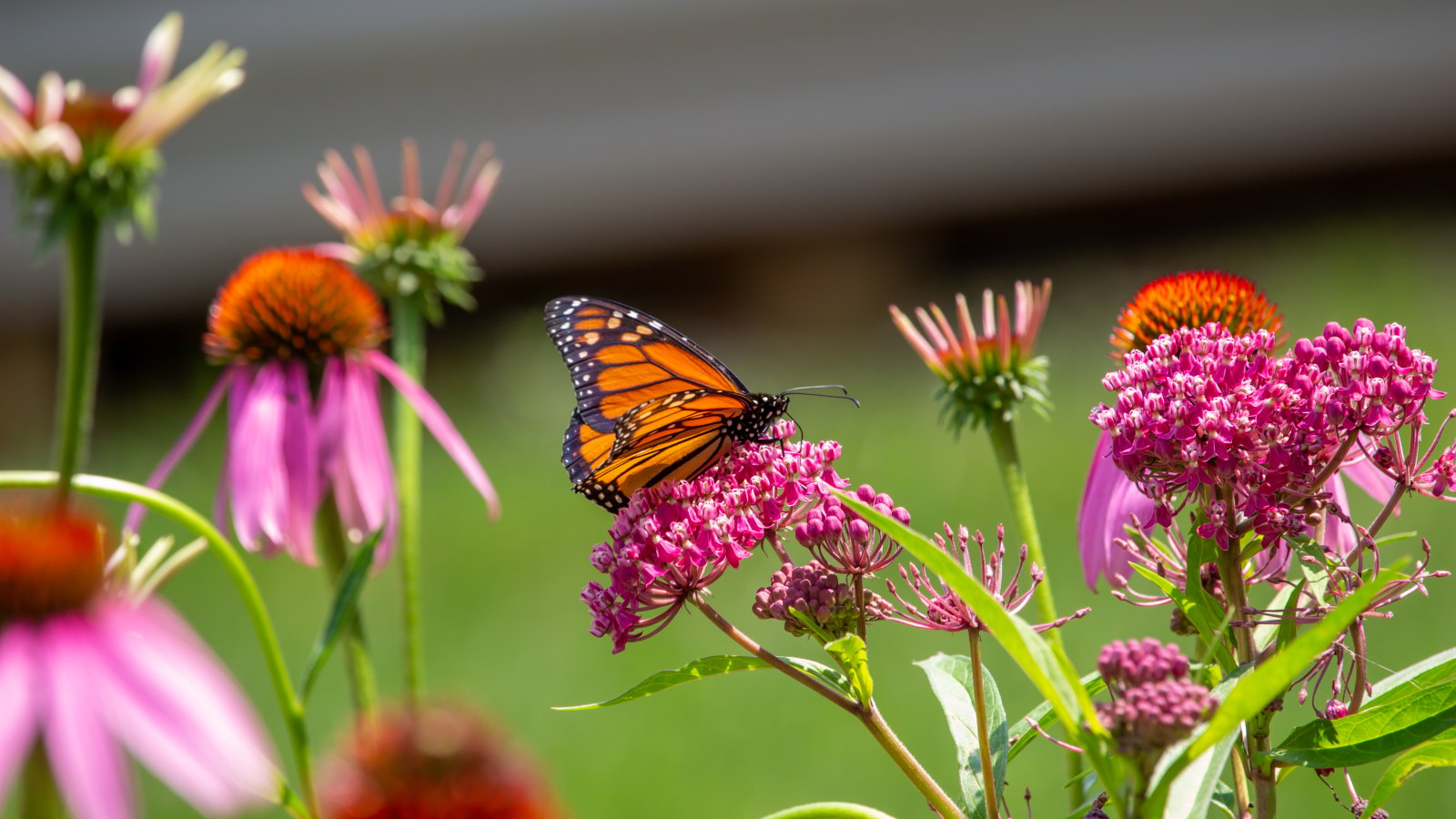 7 native perennials to plant in April – for glorious flowering displays to attract bees, butterflies, and hummingbirds
7 native perennials to plant in April – for glorious flowering displays to attract bees, butterflies, and hummingbirdsDiscover some of the best perennials to plant in April to make your garden a hotspot for wildlife
By Drew Swainston Published
-
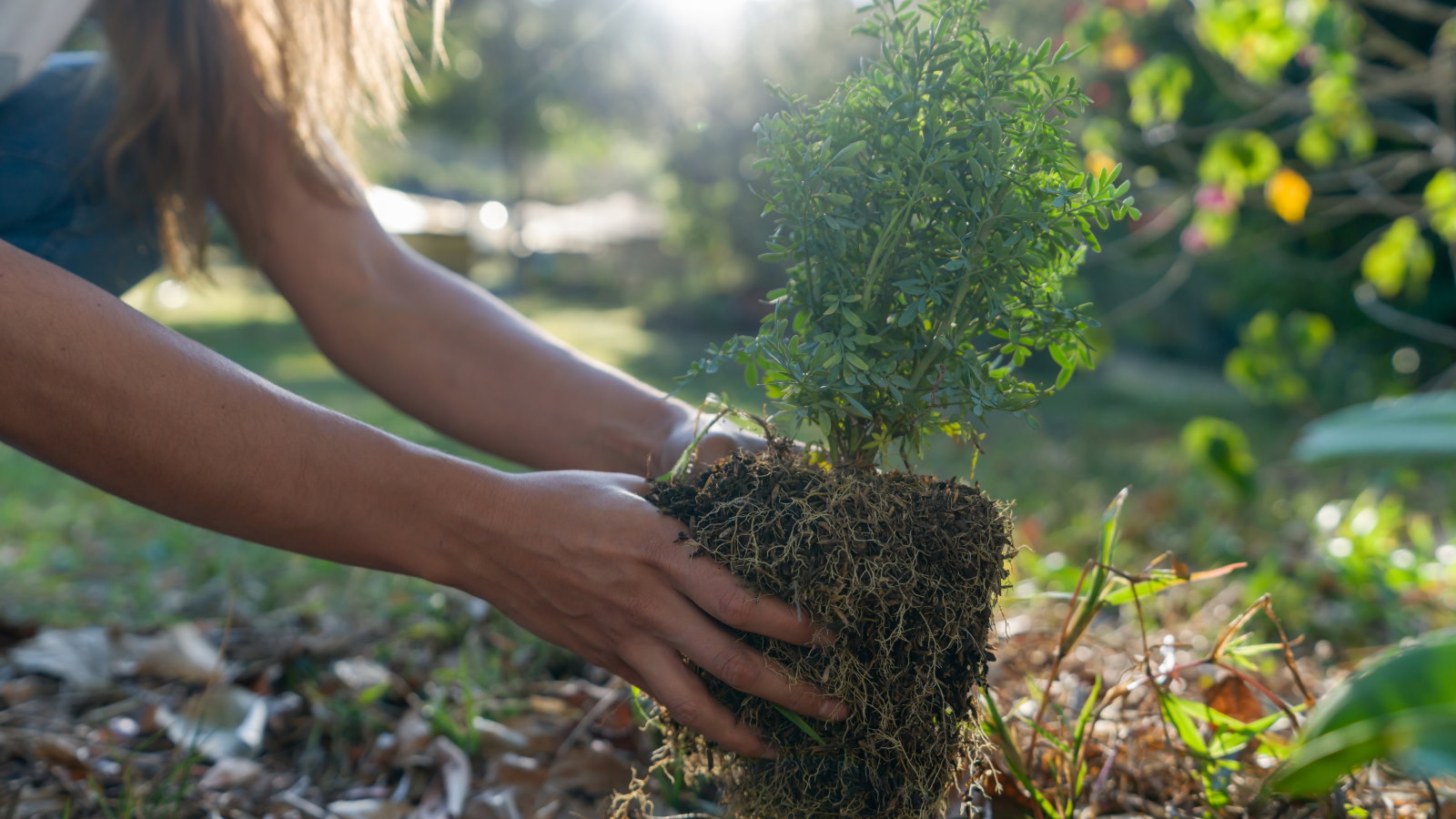 7 shrubs to plant in April to transform beds and borders – including native plants and bushes suitable for dry or wet spots
7 shrubs to plant in April to transform beds and borders – including native plants and bushes suitable for dry or wet spotsThese shrubs can bring flowers, texture, and fragrance, as well as attracting beneficial insects and birds
By Drew Swainston Published
-
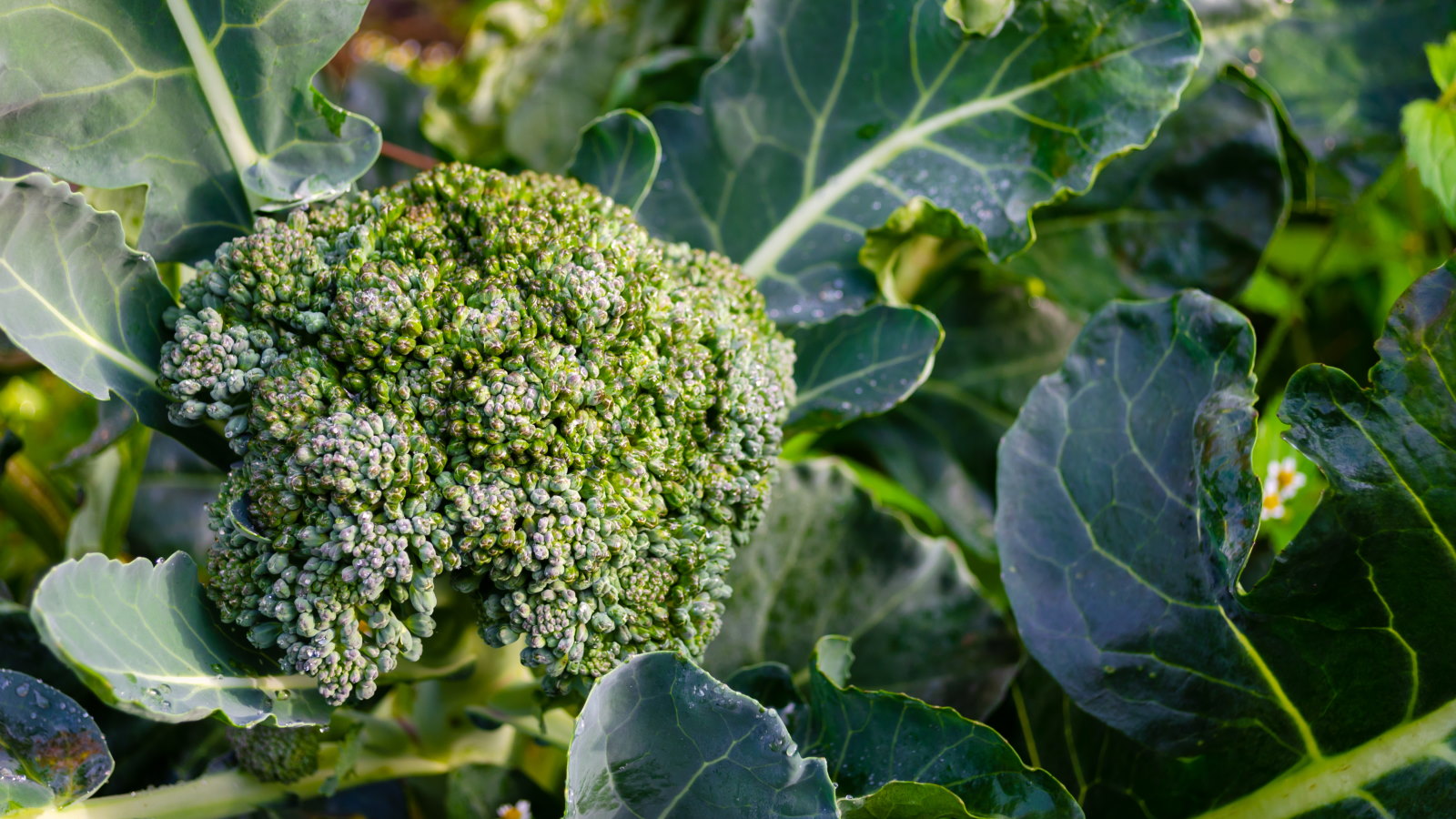 These 5 plants can help you get the best, and potentially tastiest, broccoli ever – discover what to plant with broccoli, and what to avoid
These 5 plants can help you get the best, and potentially tastiest, broccoli ever – discover what to plant with broccoli, and what to avoidOur selection of vegetables, herbs, and flowers is perfect for companion planting with broccoli
By Drew Swainston Published
-
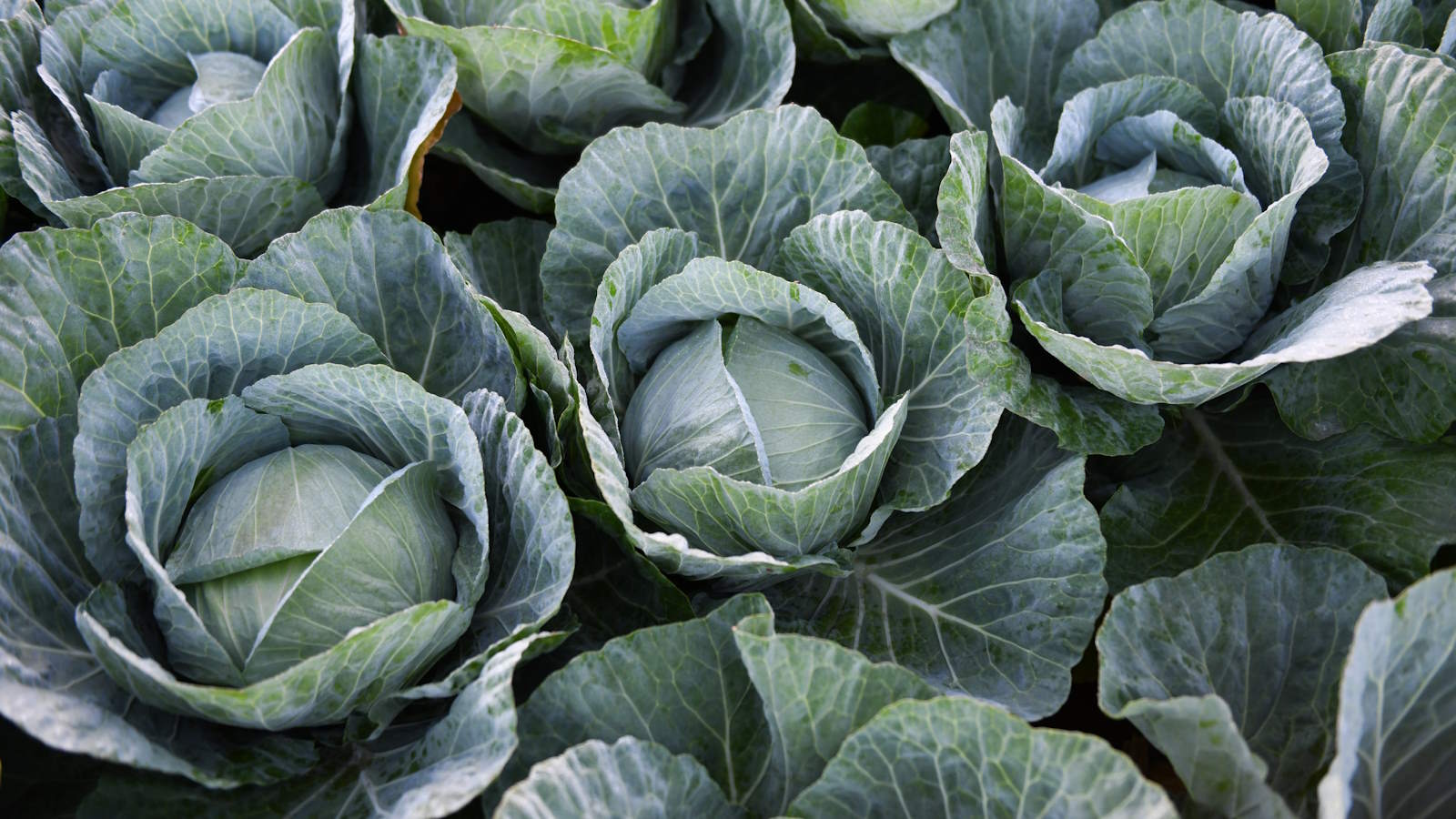 How to grow cabbages in containers – expert tips for top harvests in small urban spaces
How to grow cabbages in containers – expert tips for top harvests in small urban spacesYou can grow lots of different cabbages in pots, troughs, grow bags, or buckets
By Drew Swainston Published
-
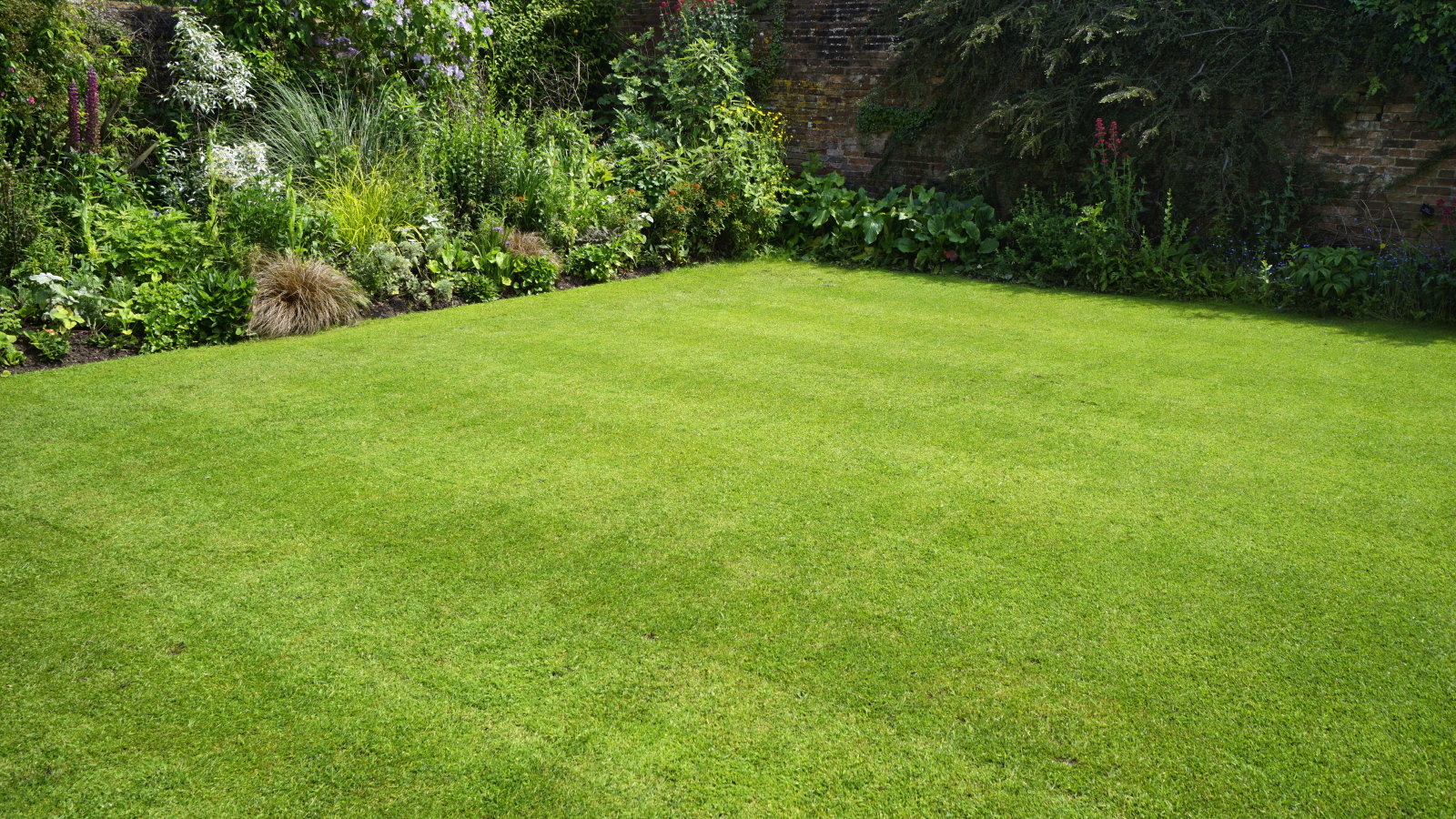 I'm a lawn care expert, and always do these 7 jobs in April to ensure thick, green grass all summer long
I'm a lawn care expert, and always do these 7 jobs in April to ensure thick, green grass all summer longTransform your lawn with these simple yet highly effective April lawn care tasks
By Drew Swainston Published
-
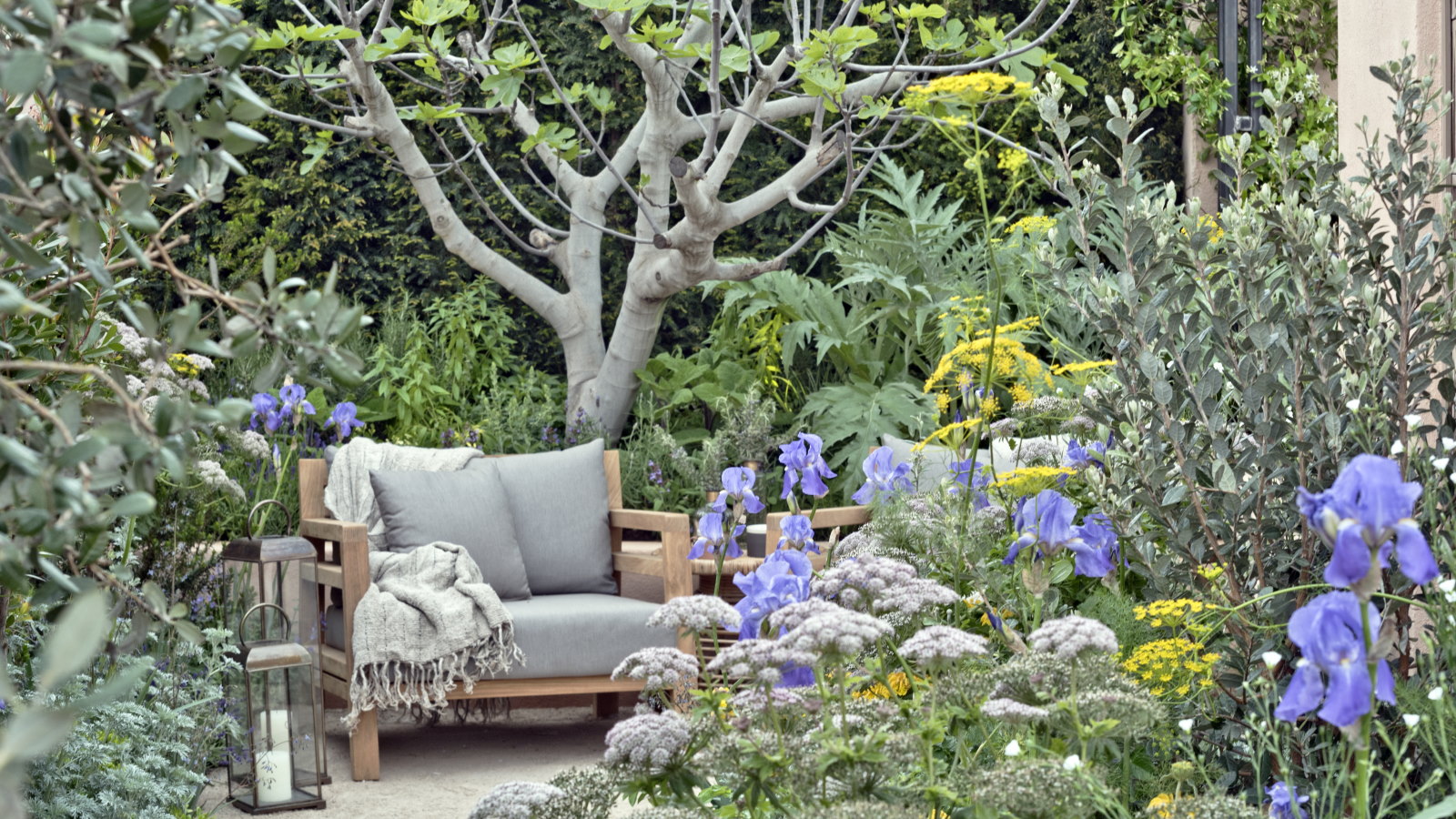 Horticulturists urge you to prune these 7 plants in April – for healthy growth and better-than-ever flowering displays
Horticulturists urge you to prune these 7 plants in April – for healthy growth and better-than-ever flowering displaysDiscover a key selection of plants to cut back this month, with expert pruning advice
By Drew Swainston Published
-
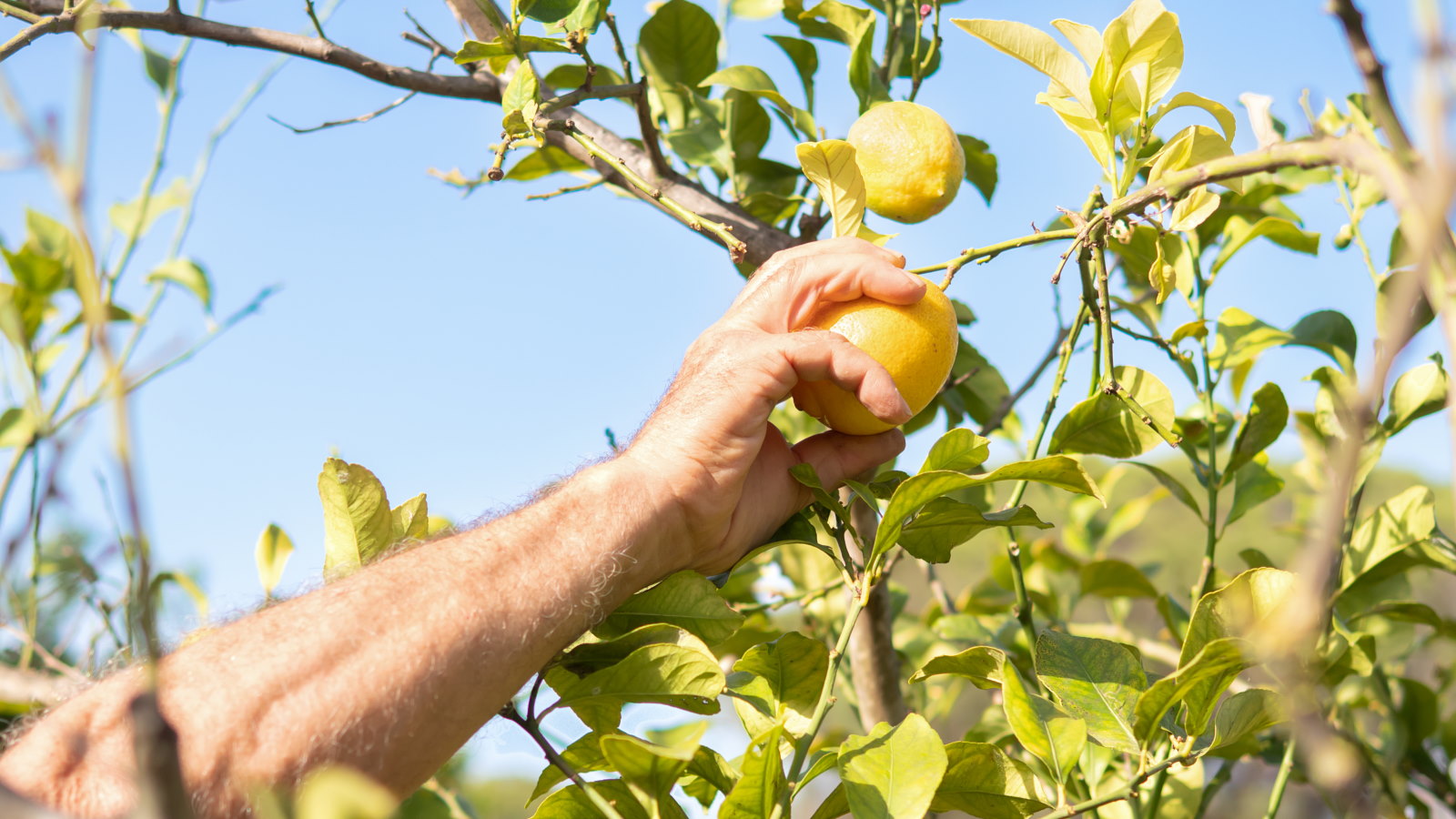 7 fruits to plant in April for years of tasty homegrown harvests, plus expert planting tips
7 fruits to plant in April for years of tasty homegrown harvests, plus expert planting tipsAn exceptional selection of fruit trees and soft fruit can be planted this month
By Drew Swainston Published
-
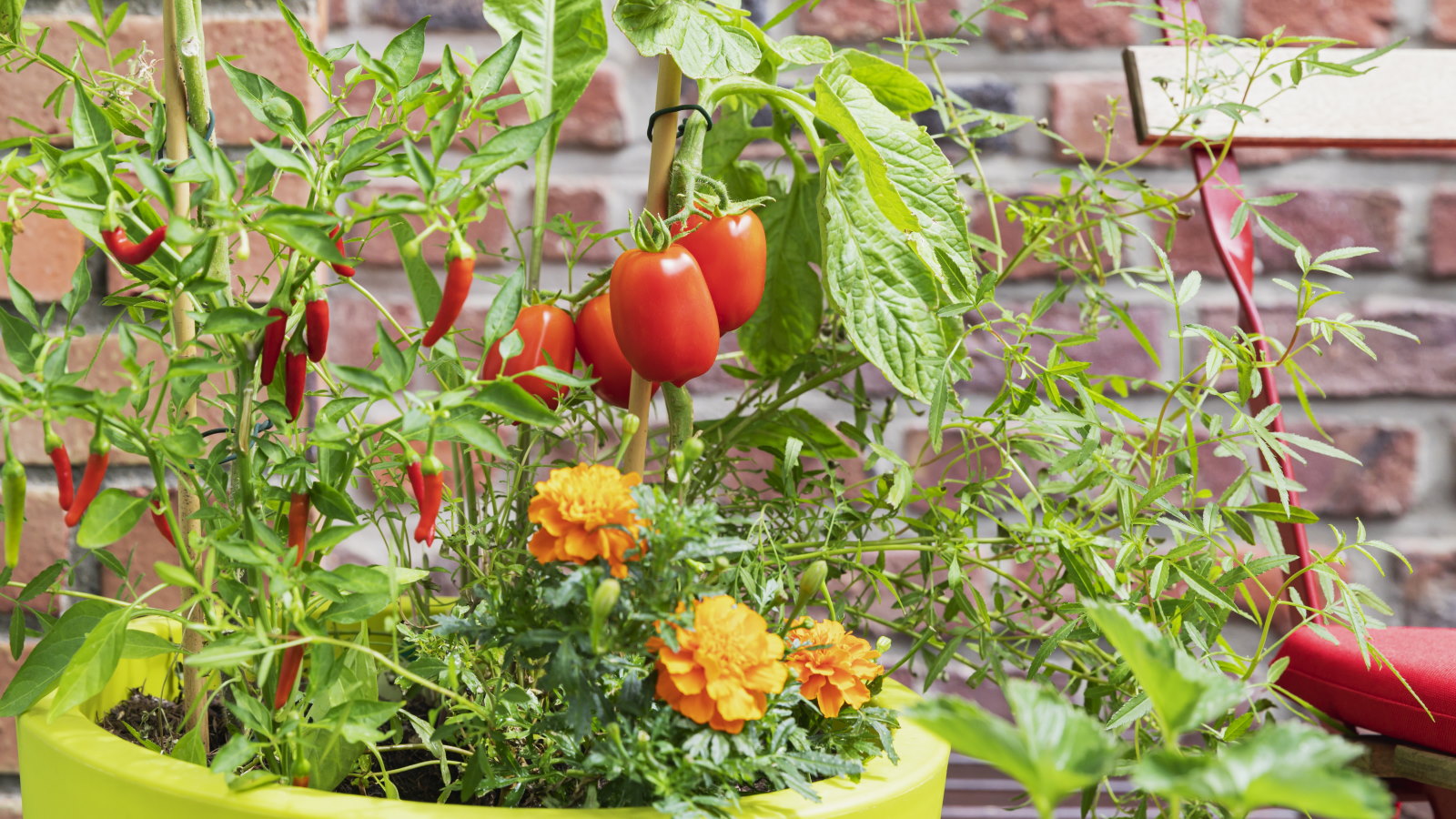 You'll get the best homegrown tomato crops if you plant them next to this one flower – discover why these two are a dream combination
You'll get the best homegrown tomato crops if you plant them next to this one flower – discover why these two are a dream combinationYour tomato plants will be pest-free and covered in fruits
By Drew Swainston Published
